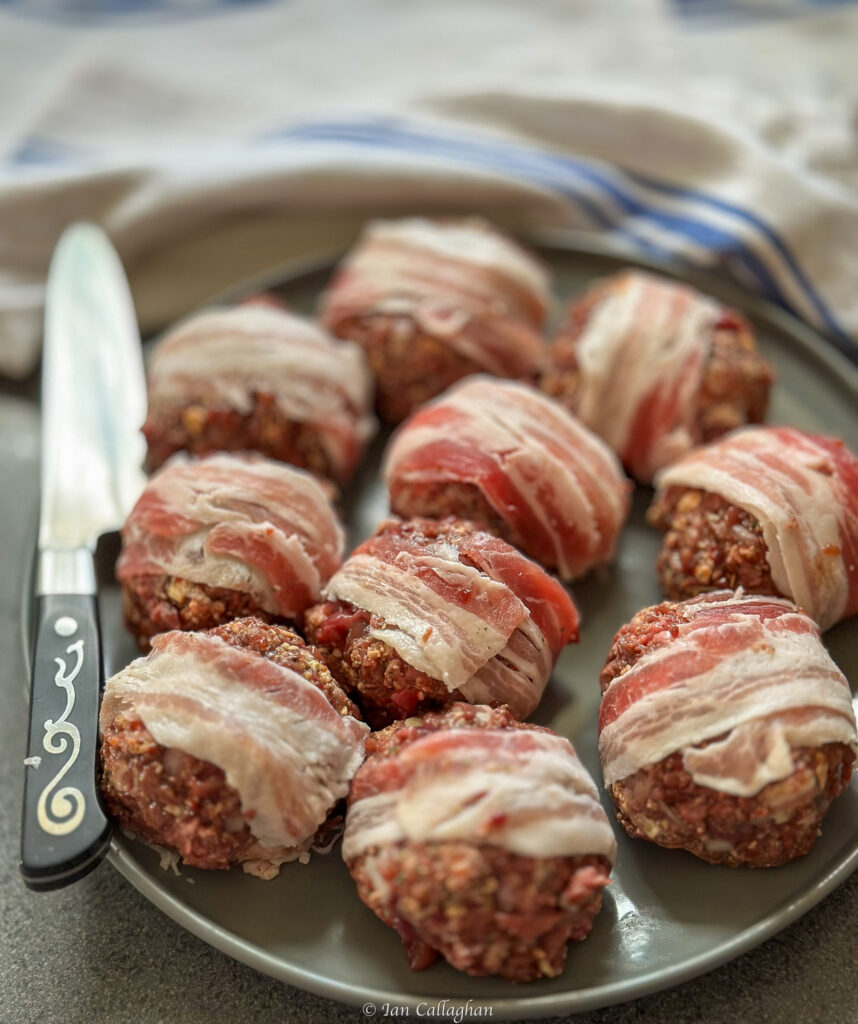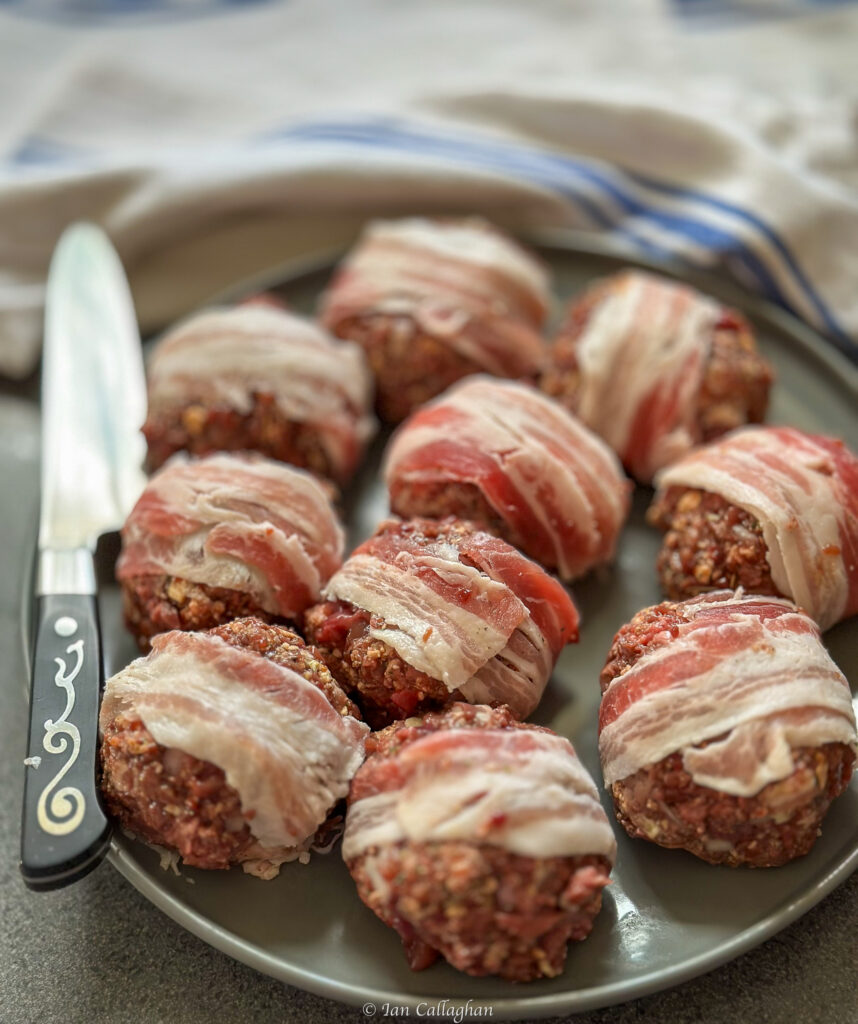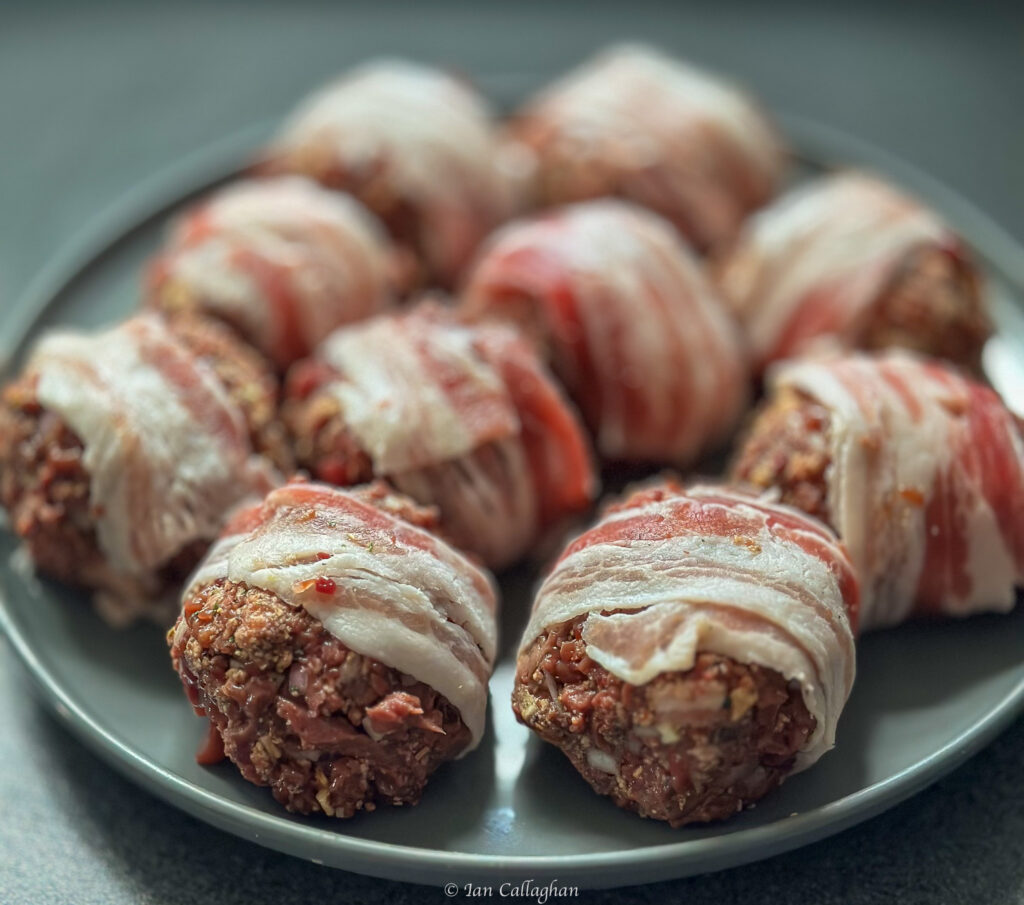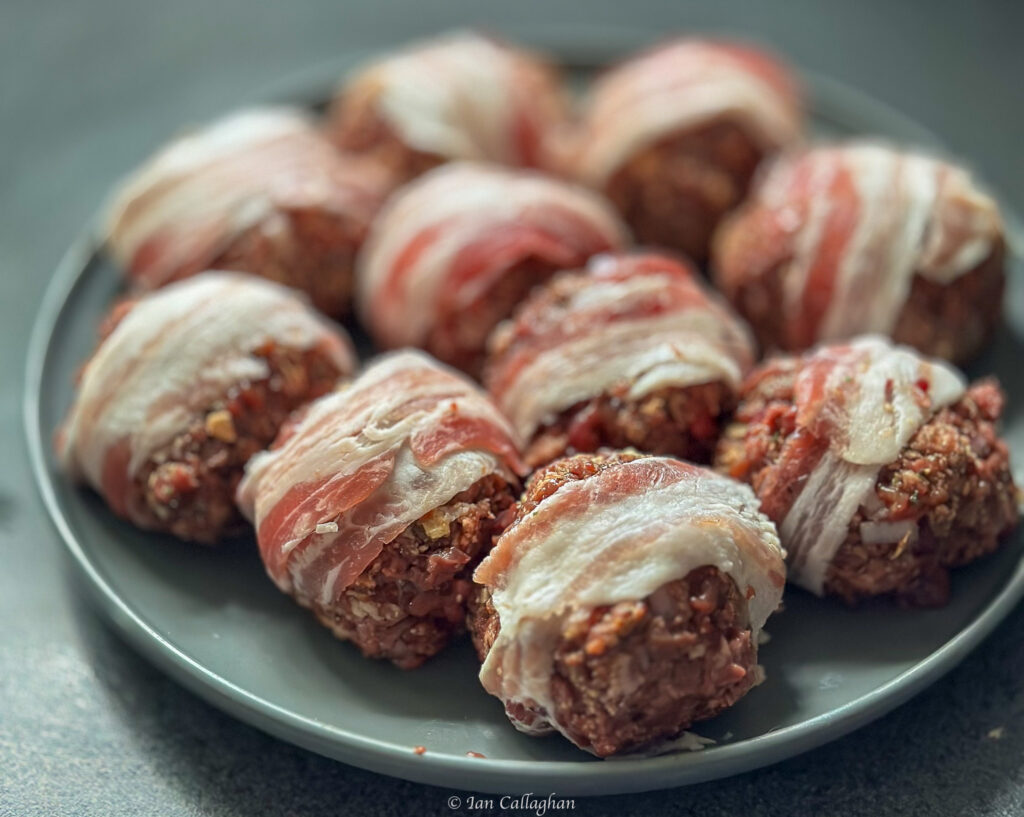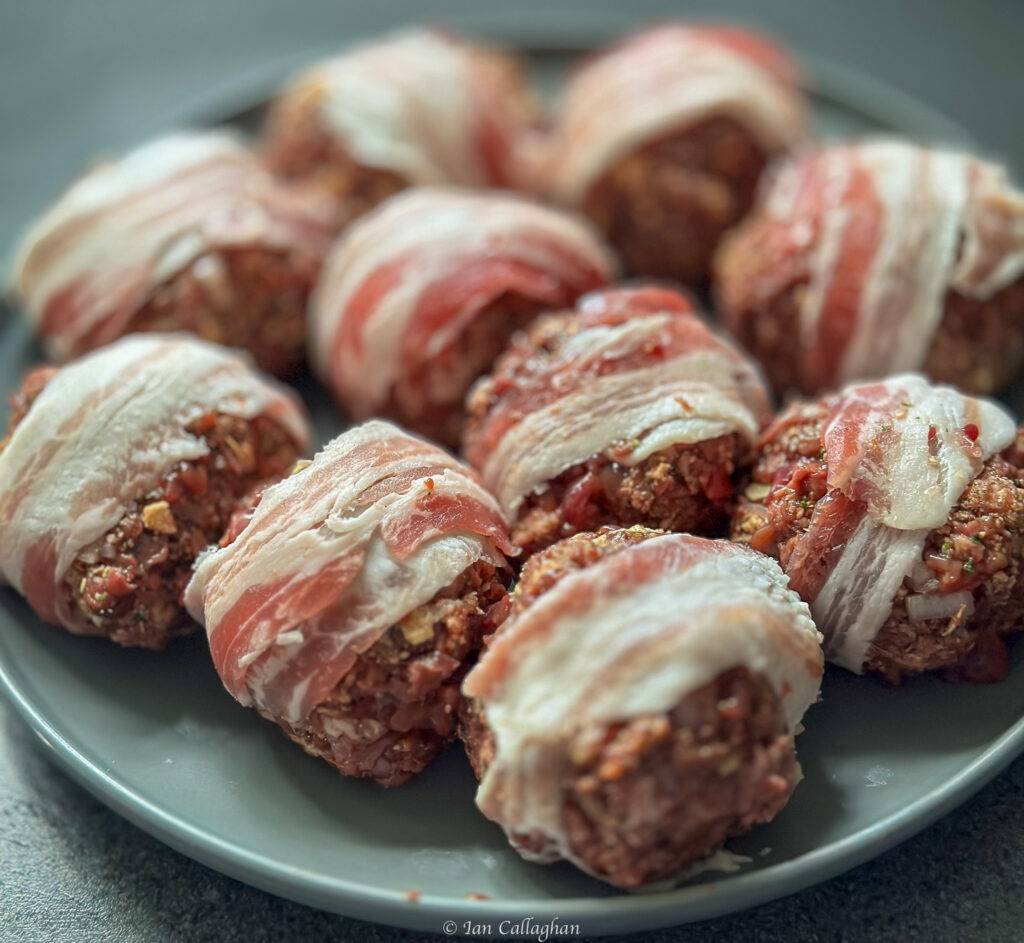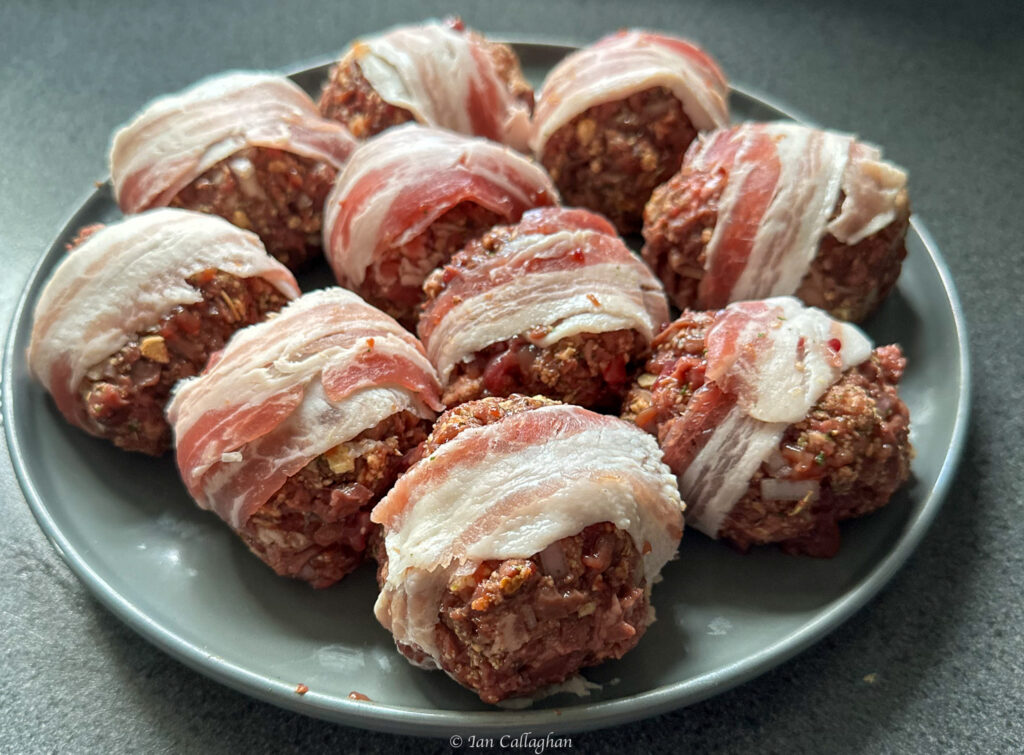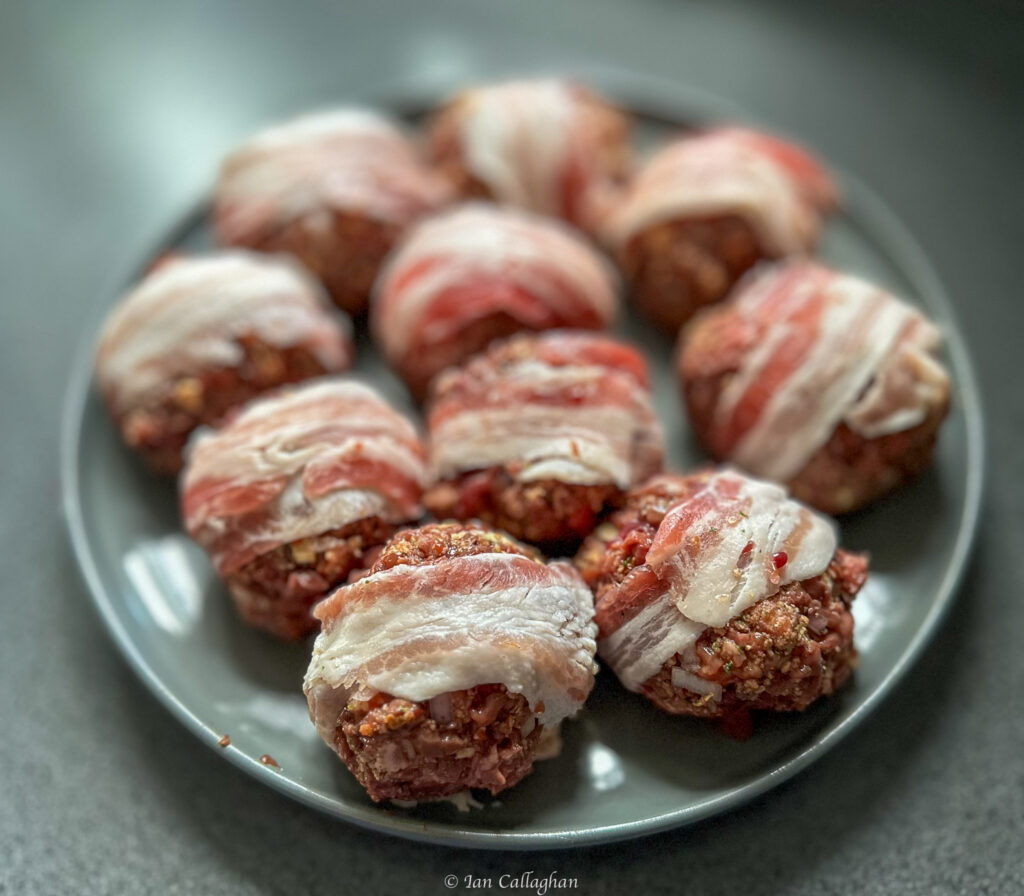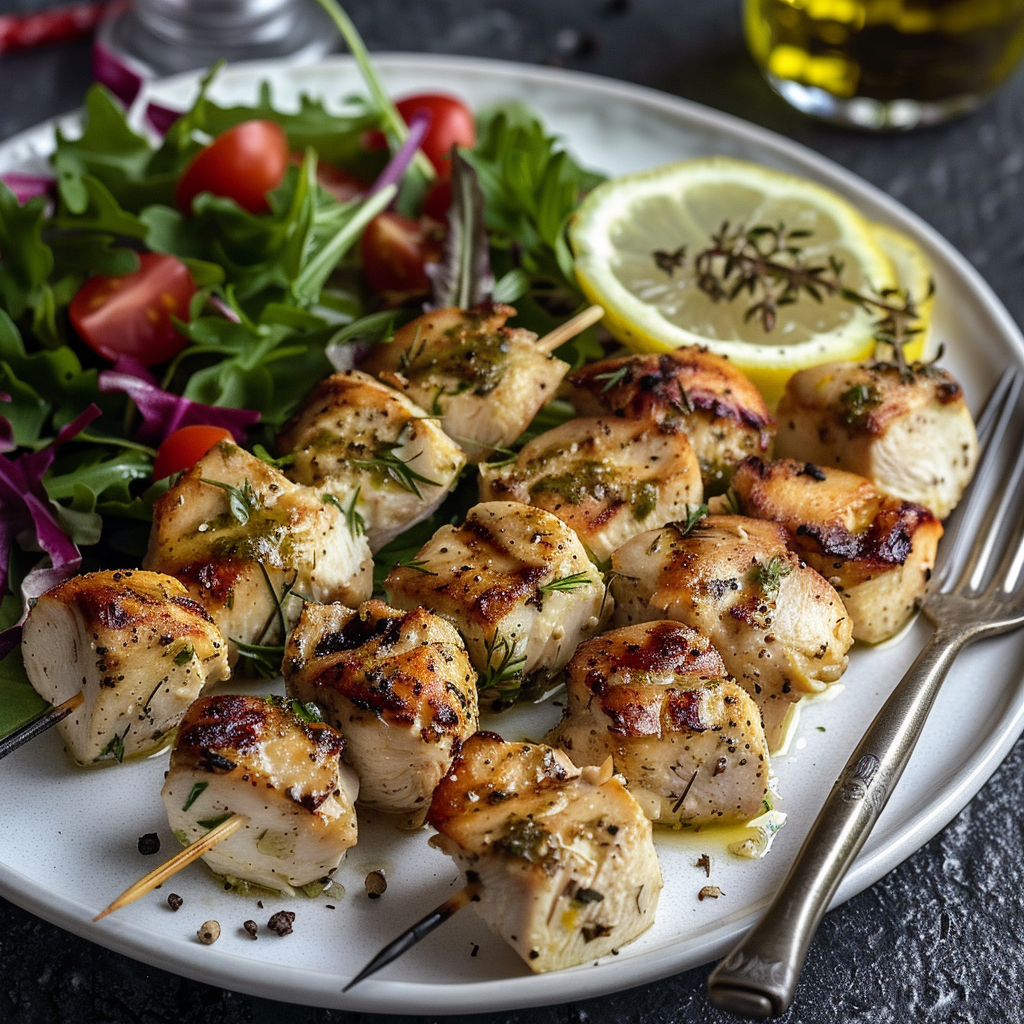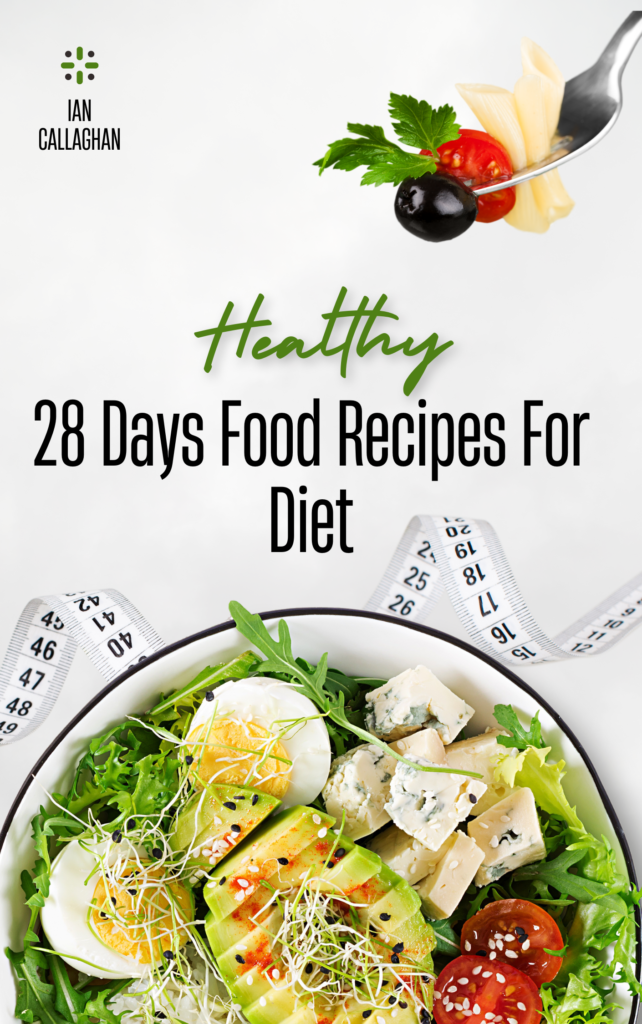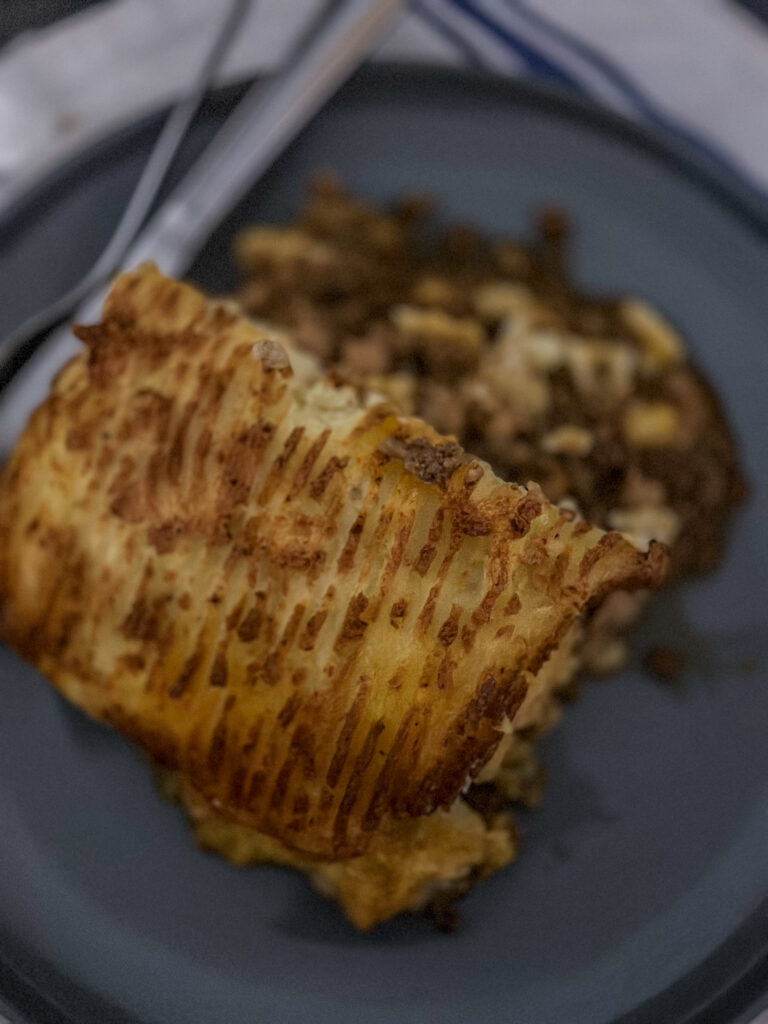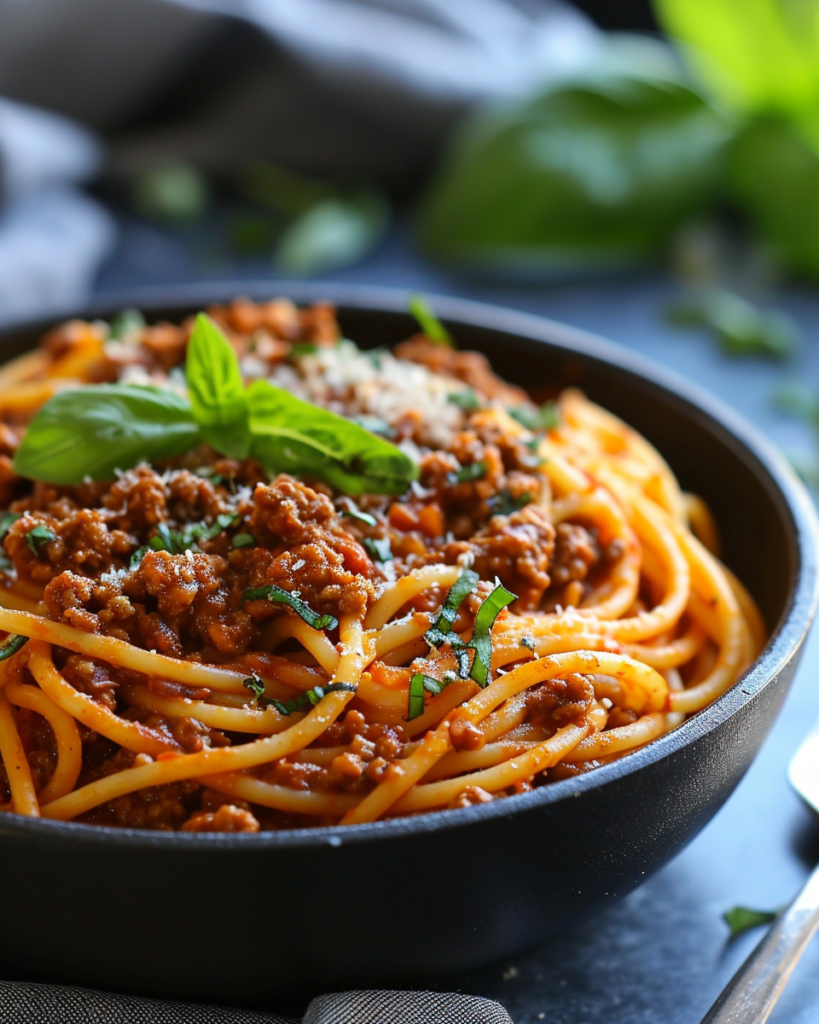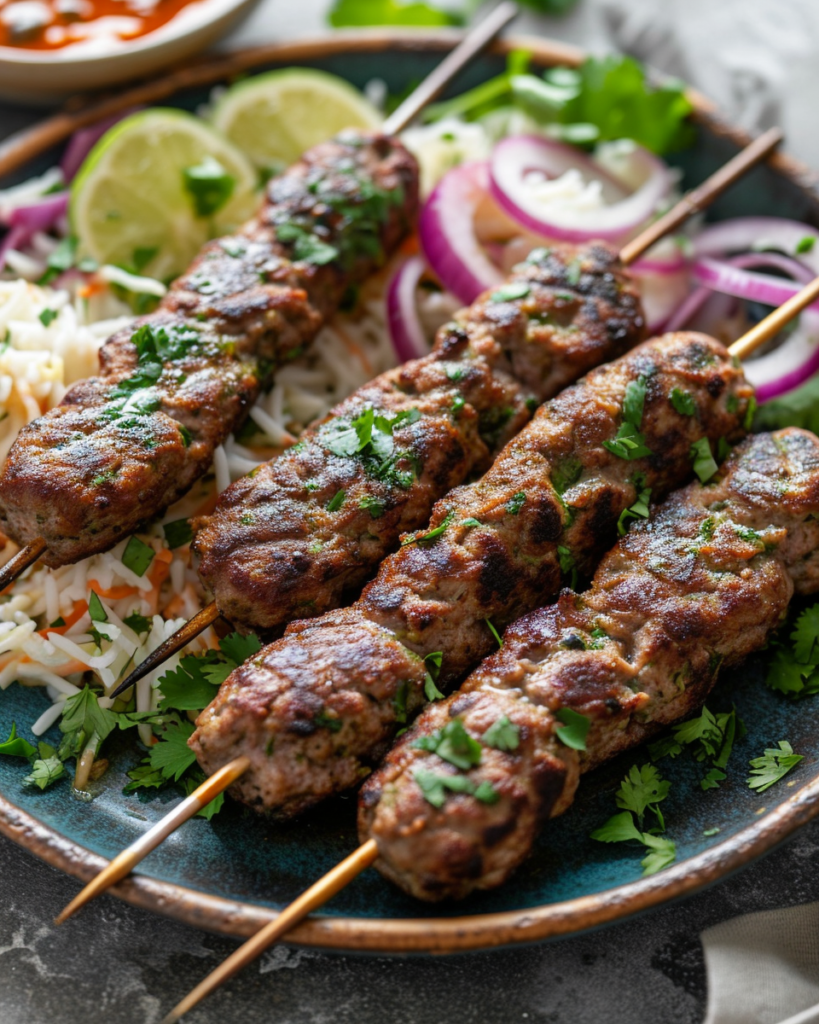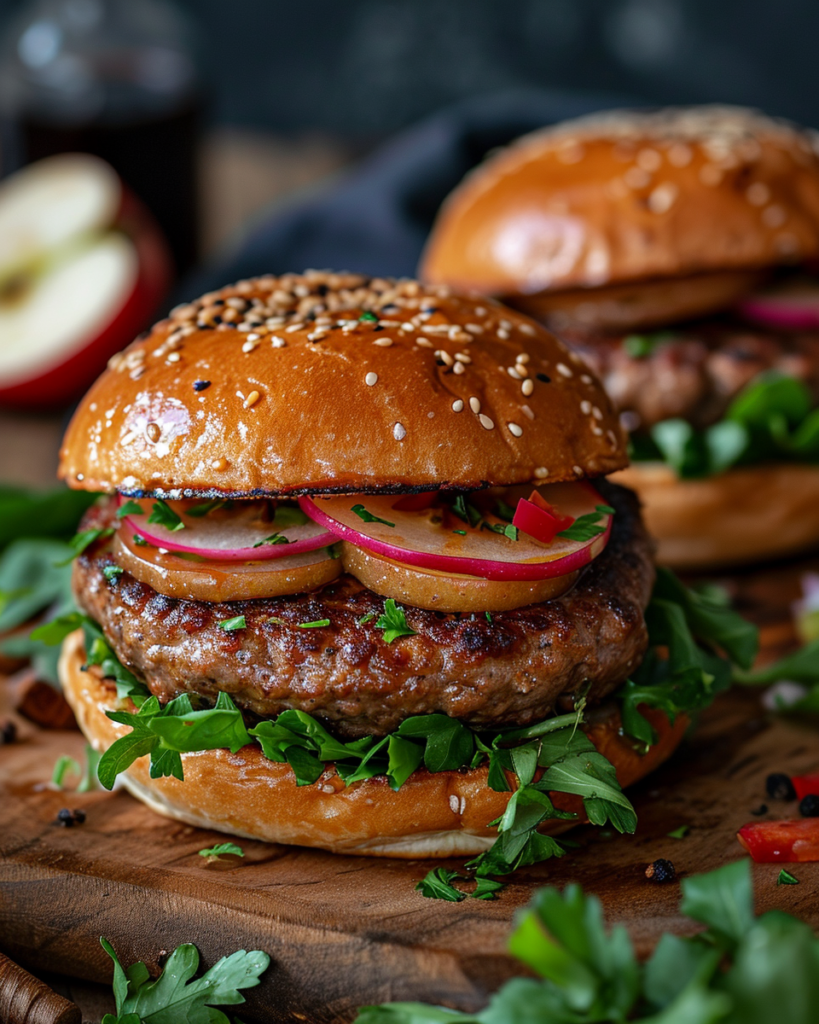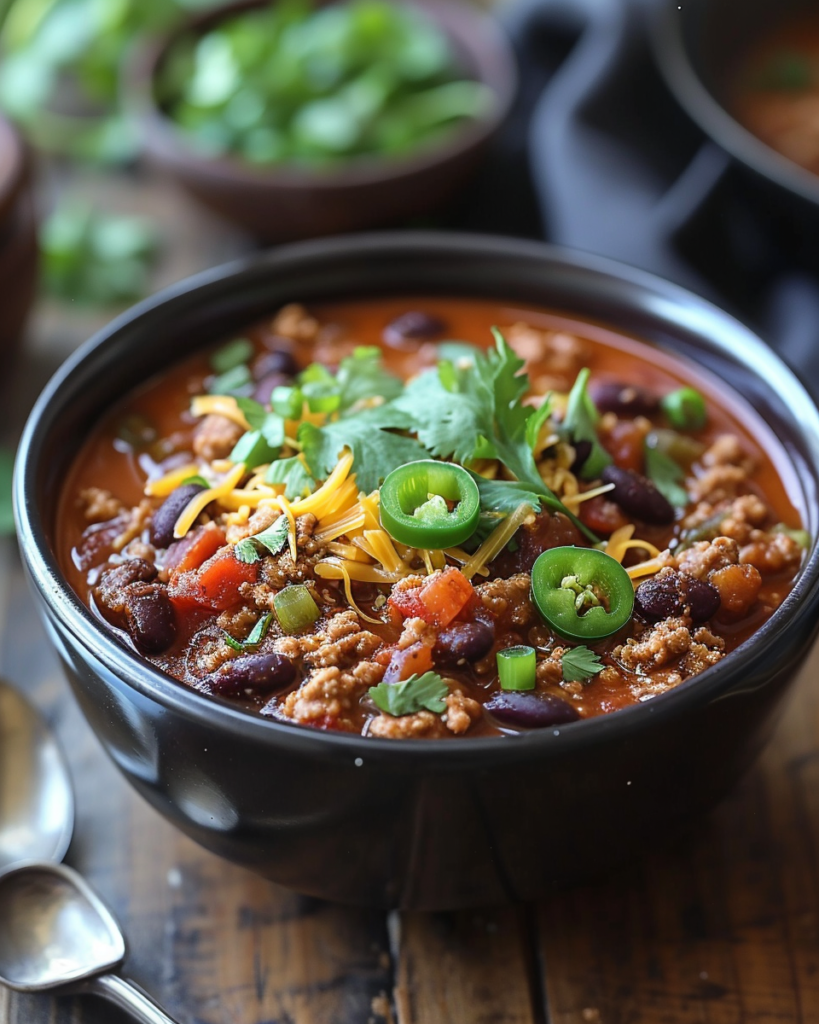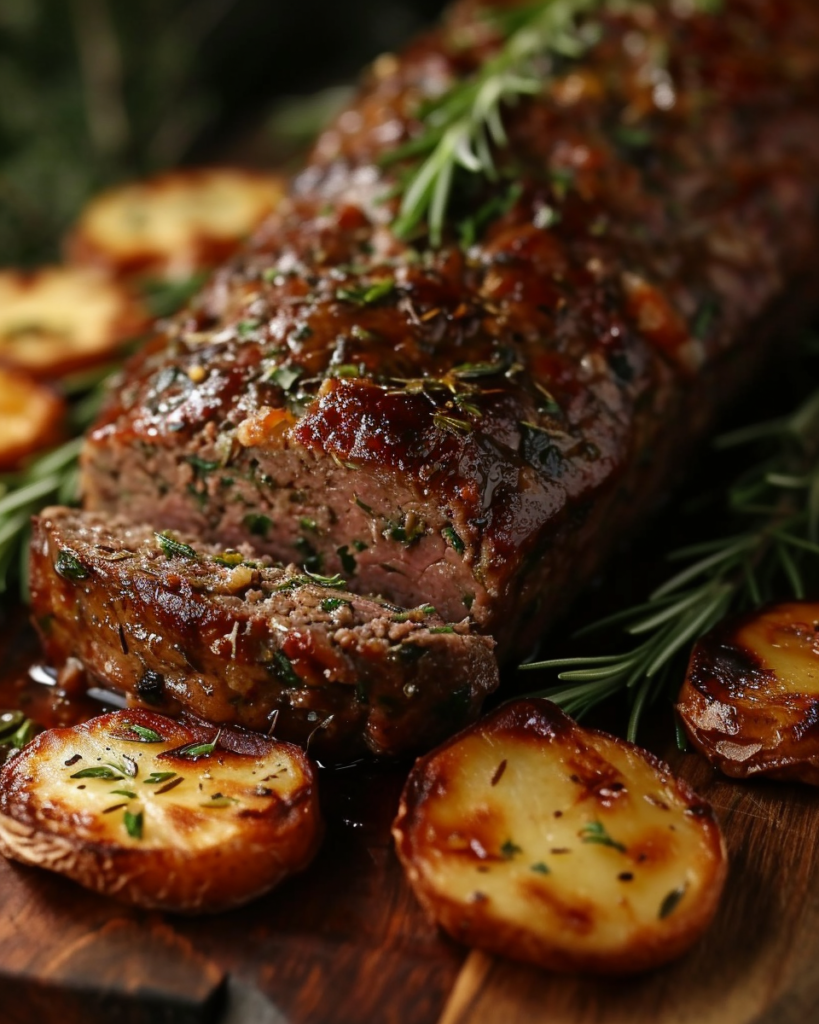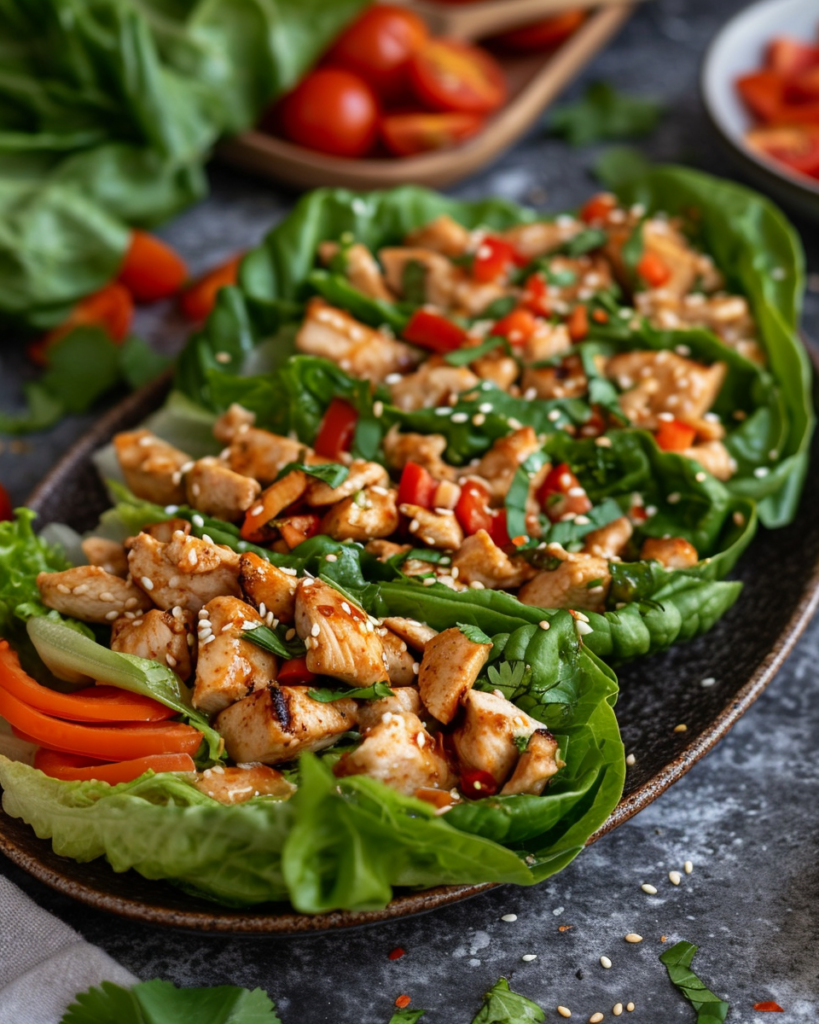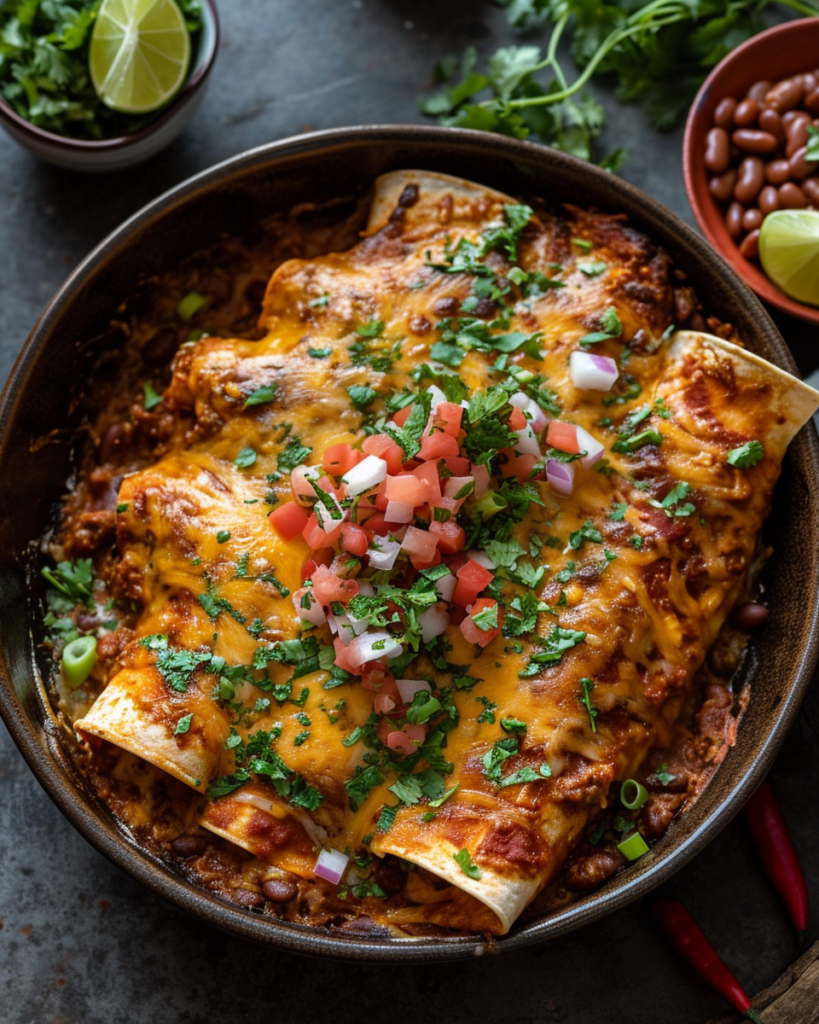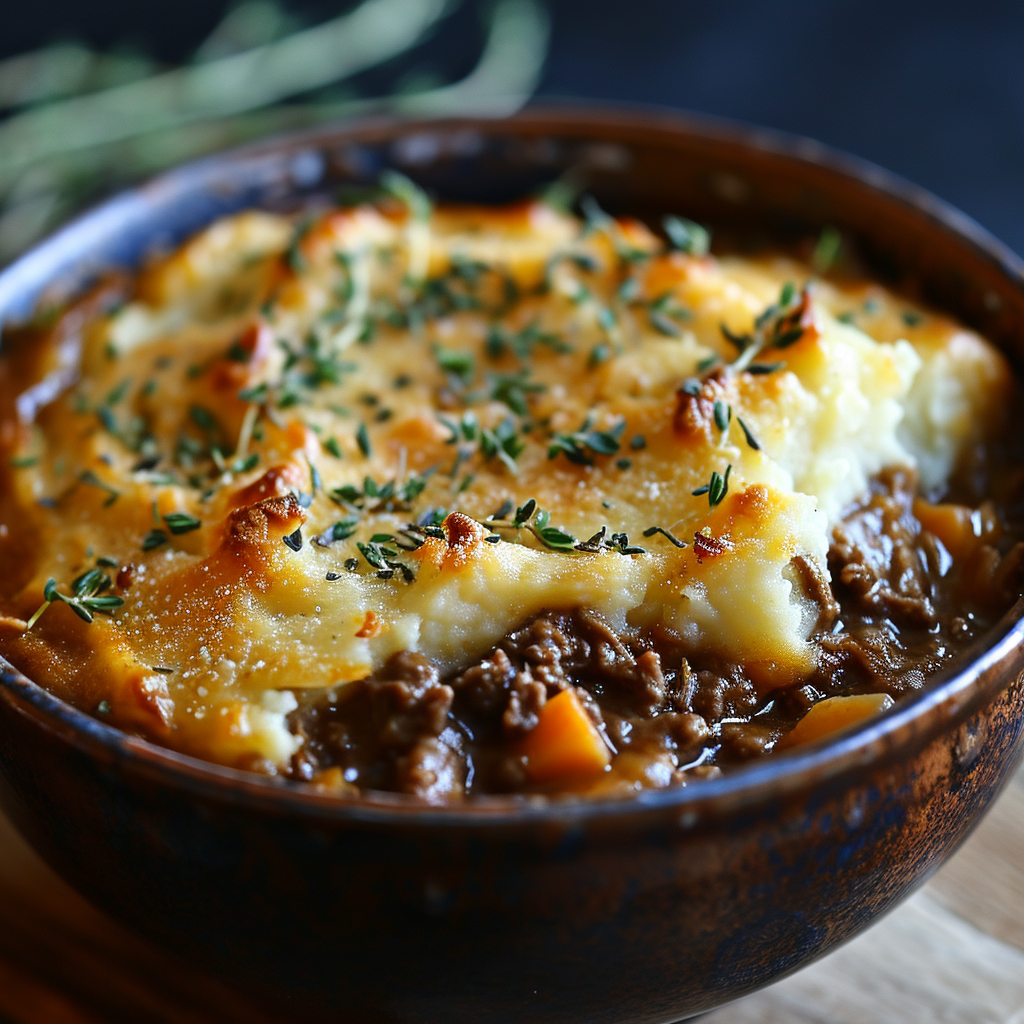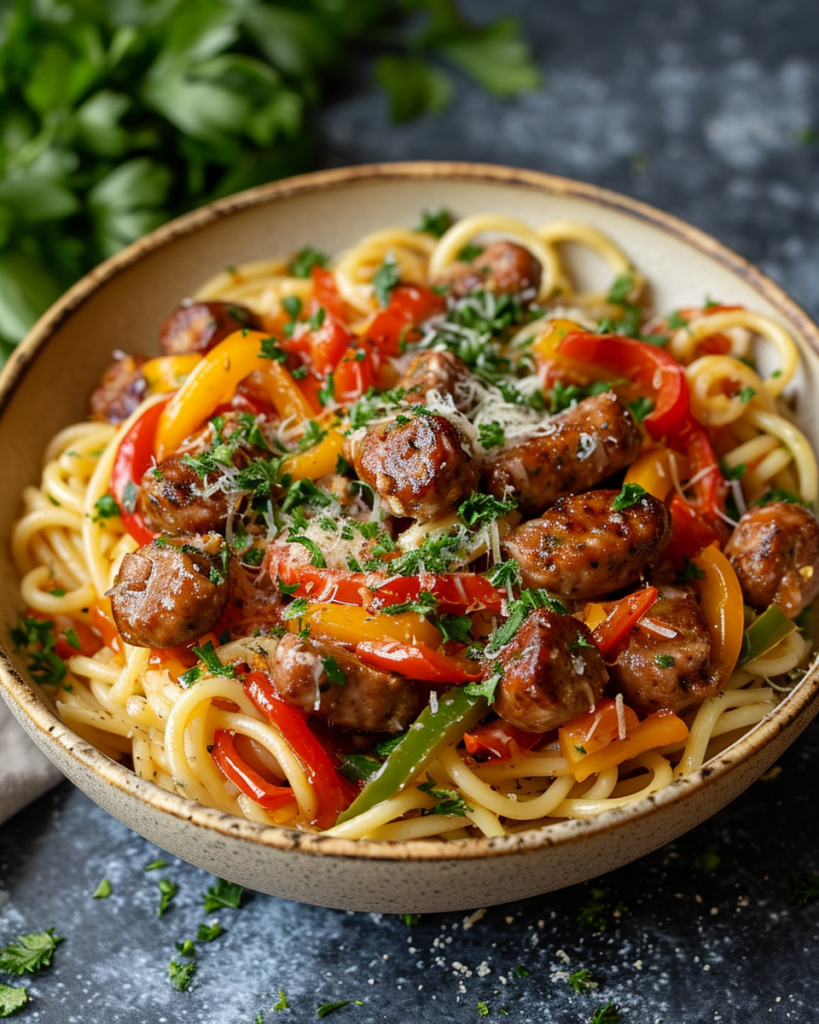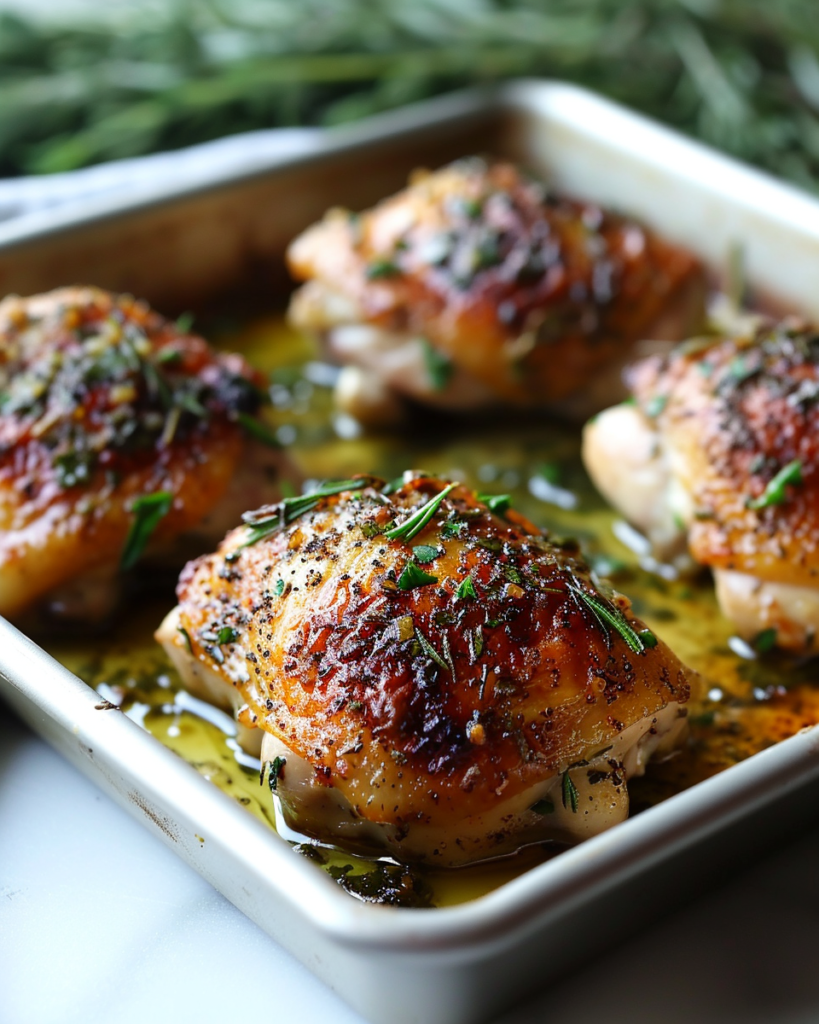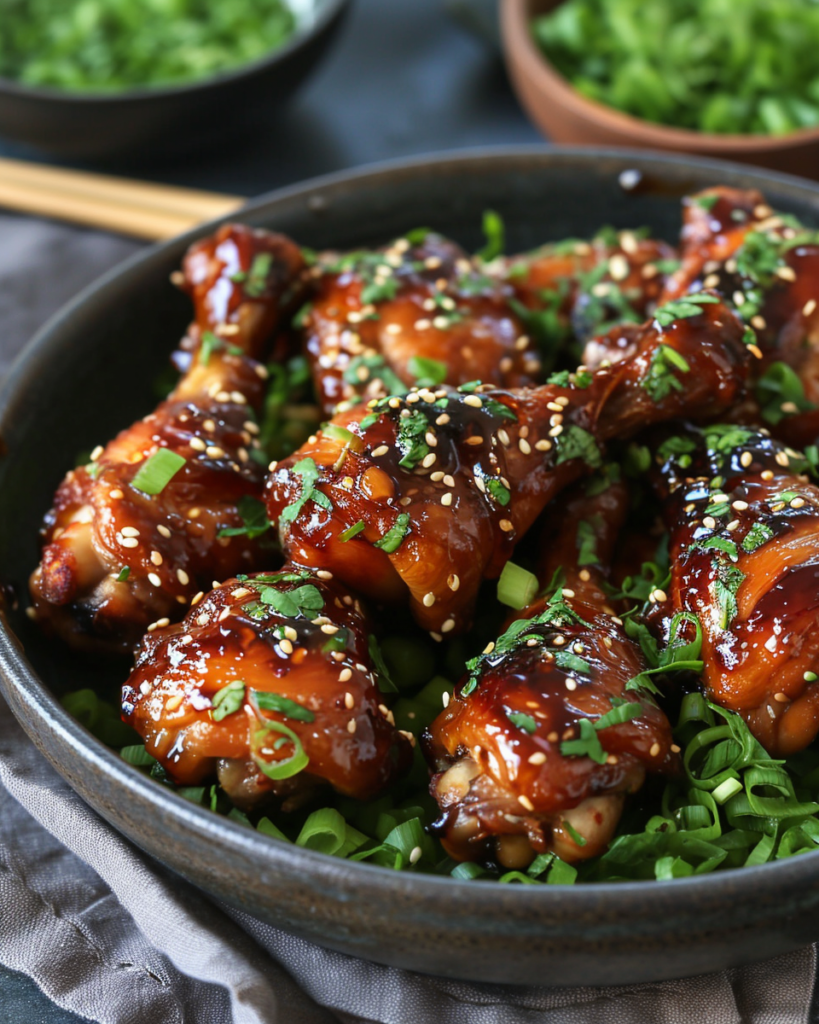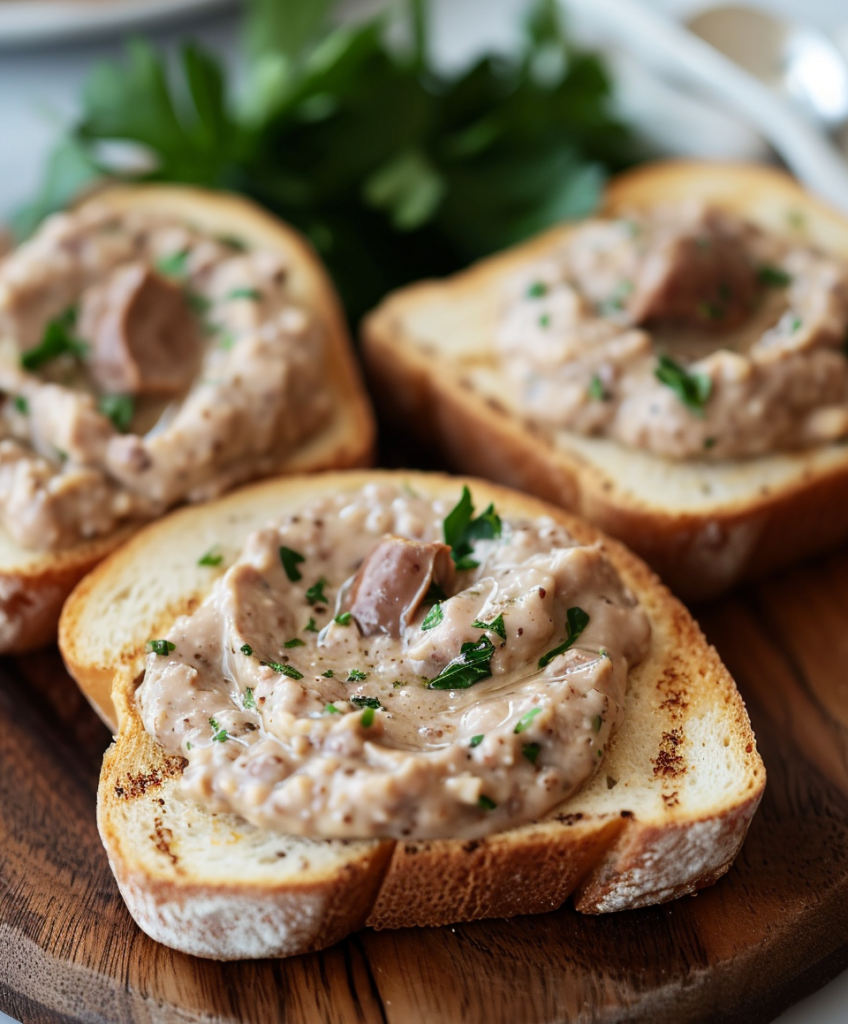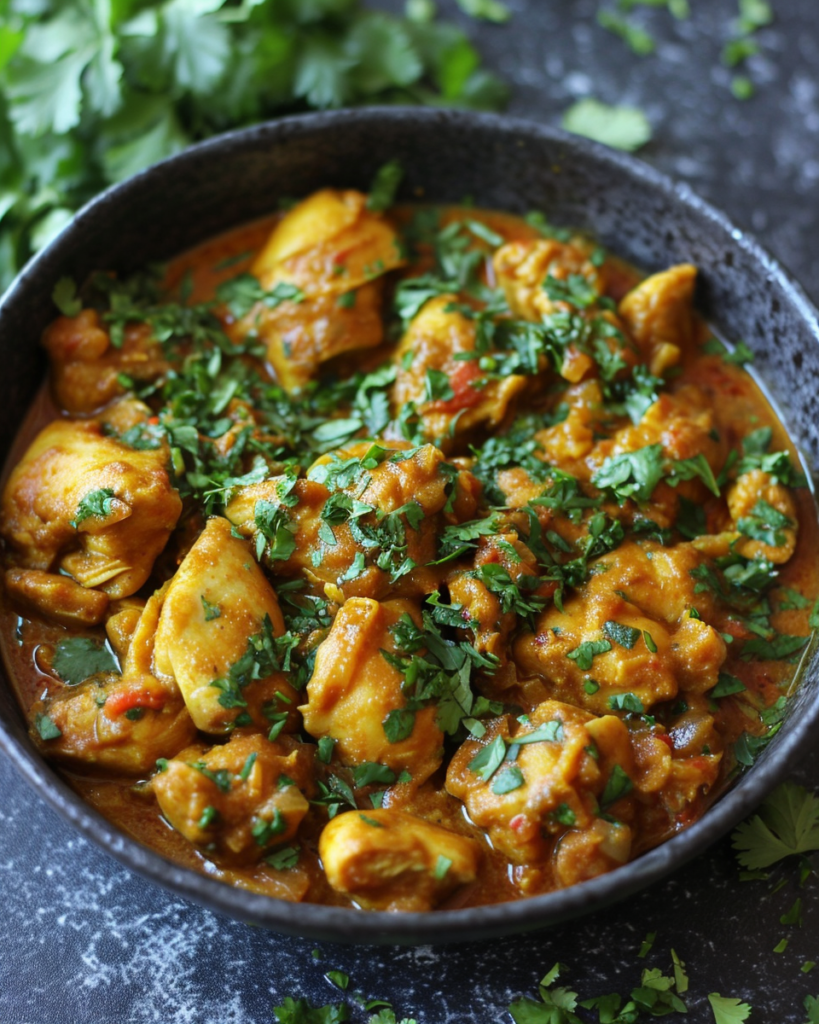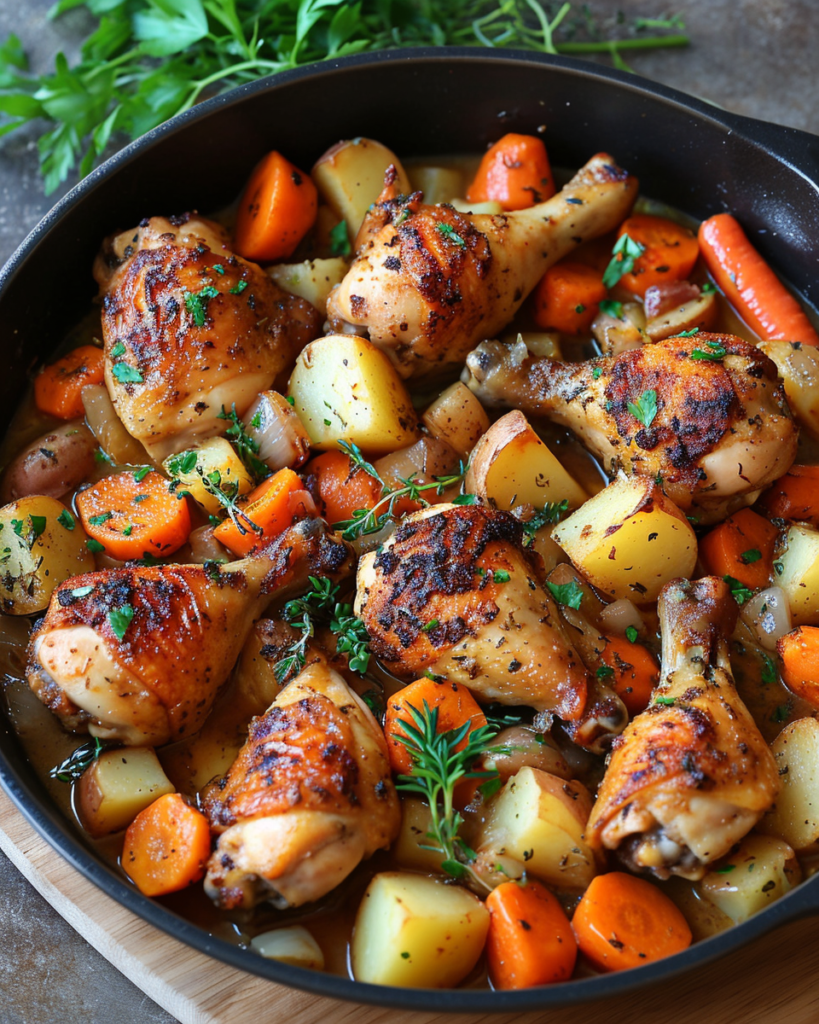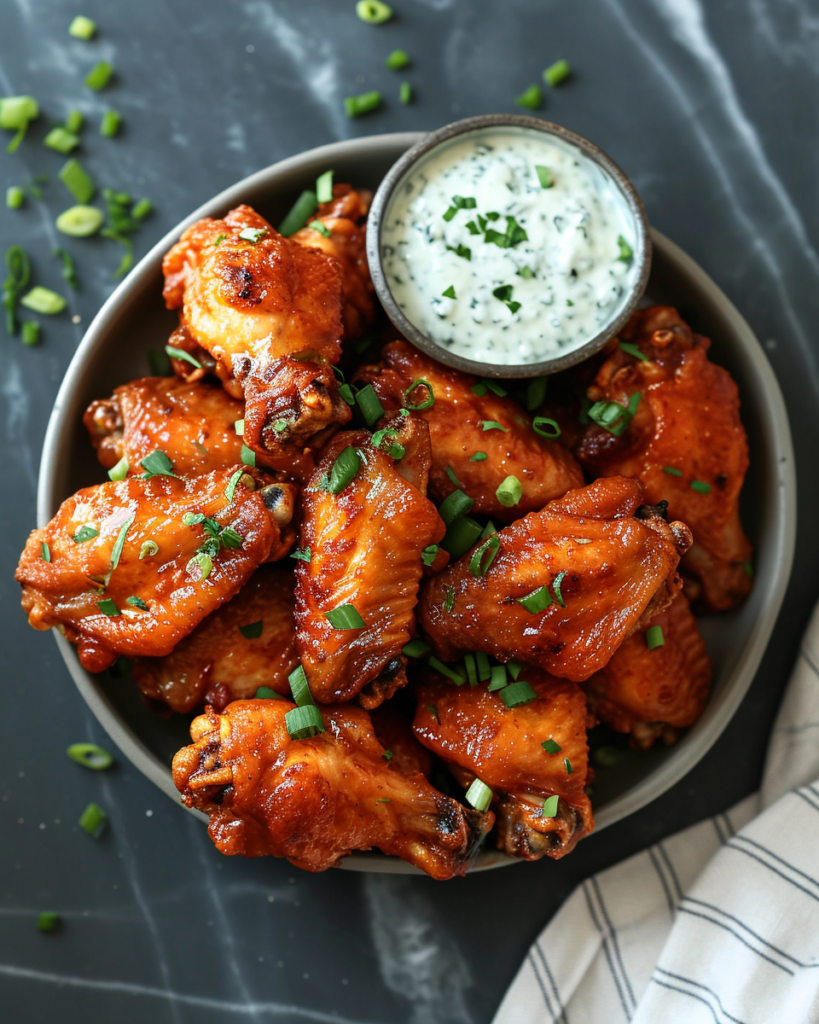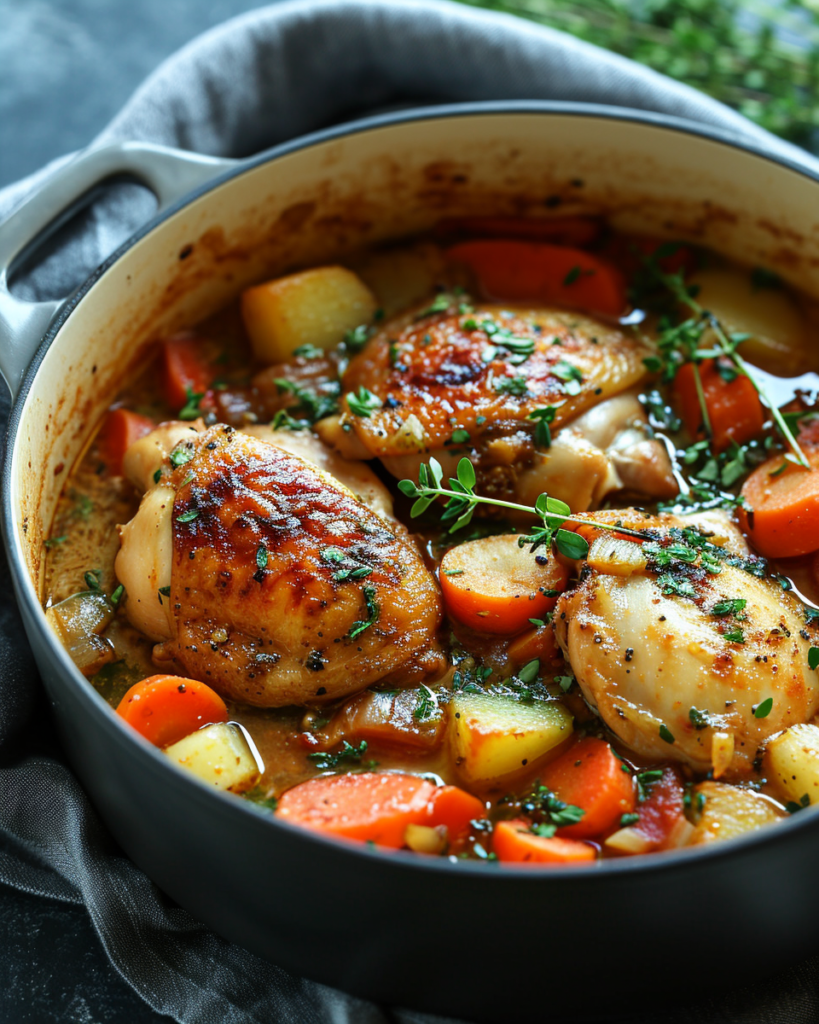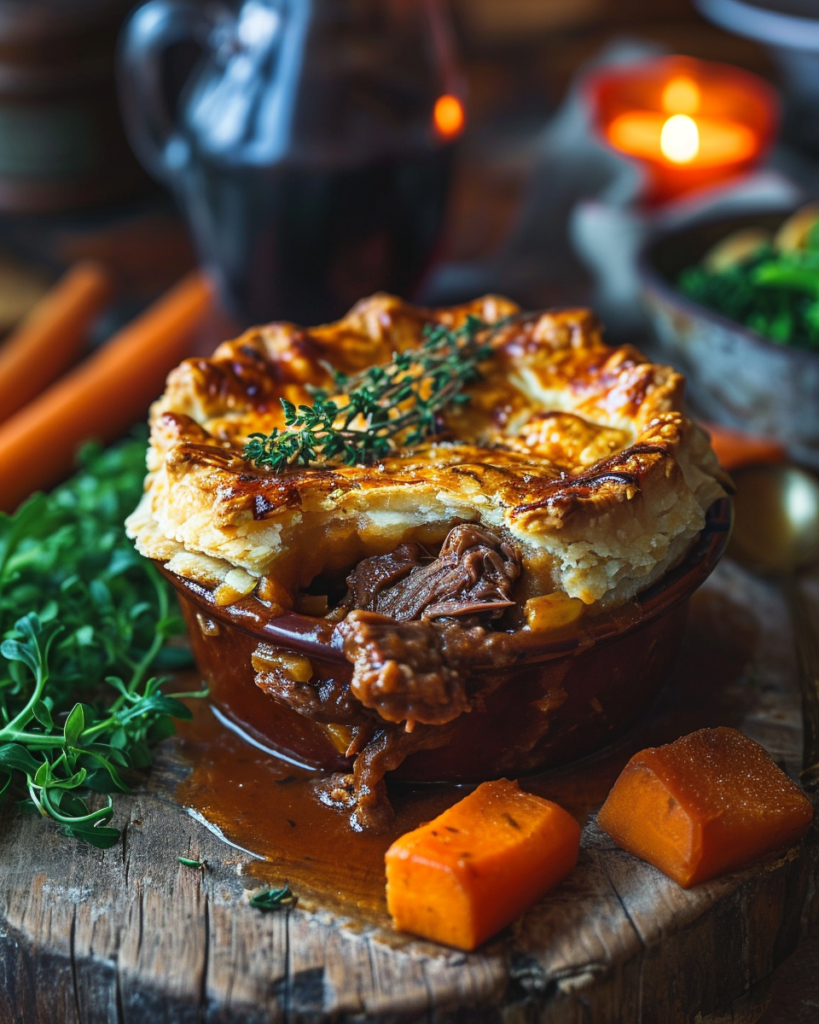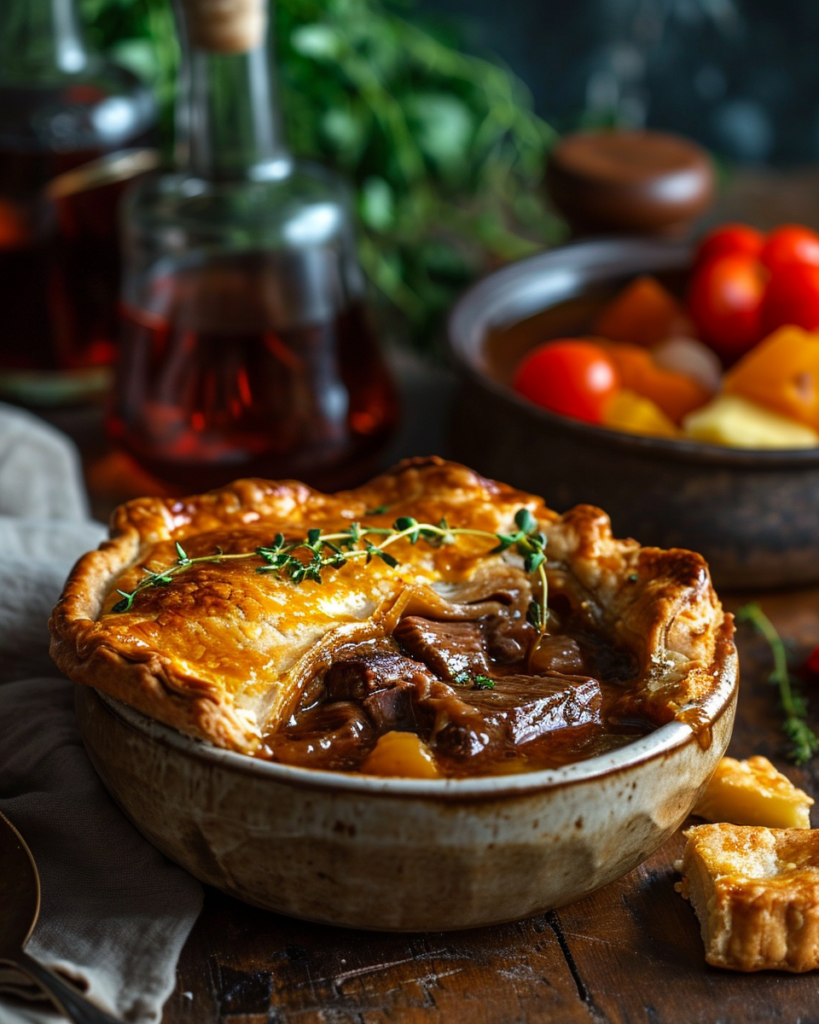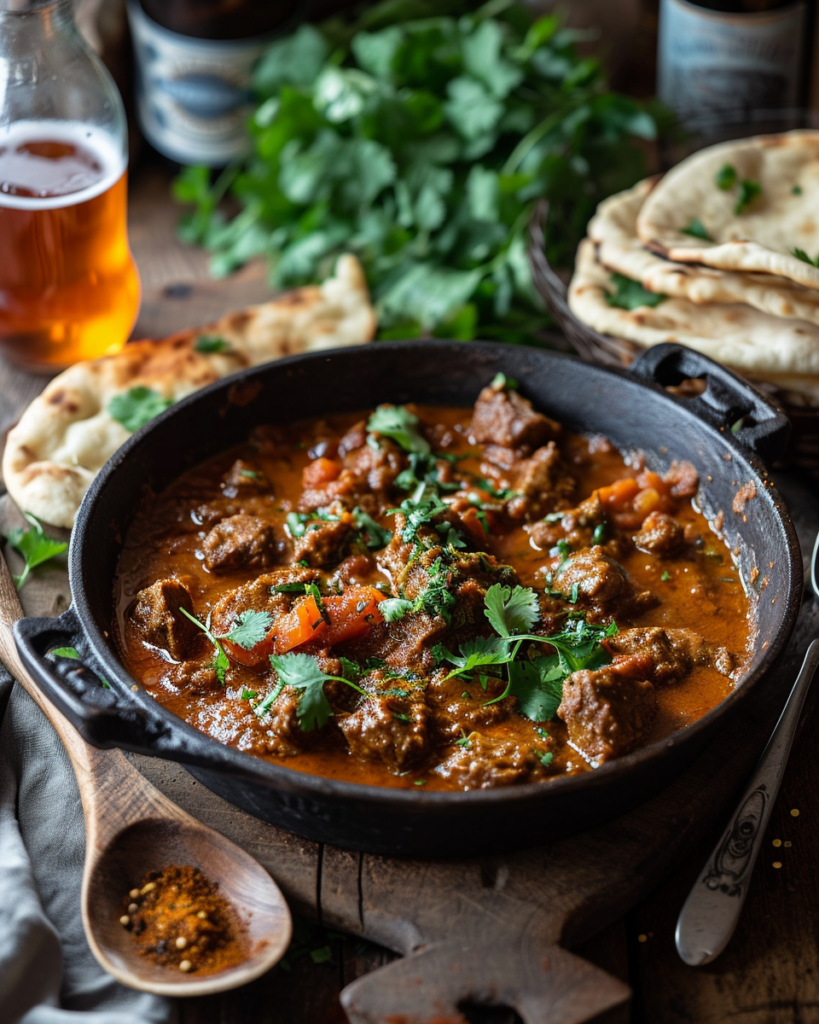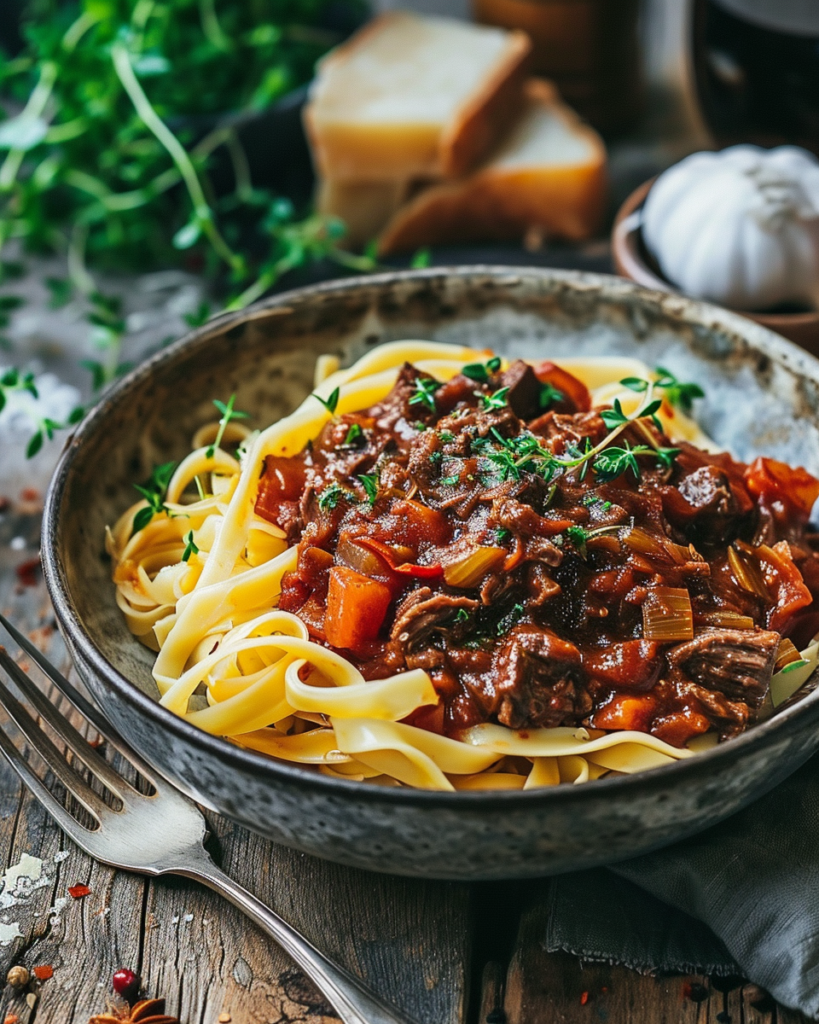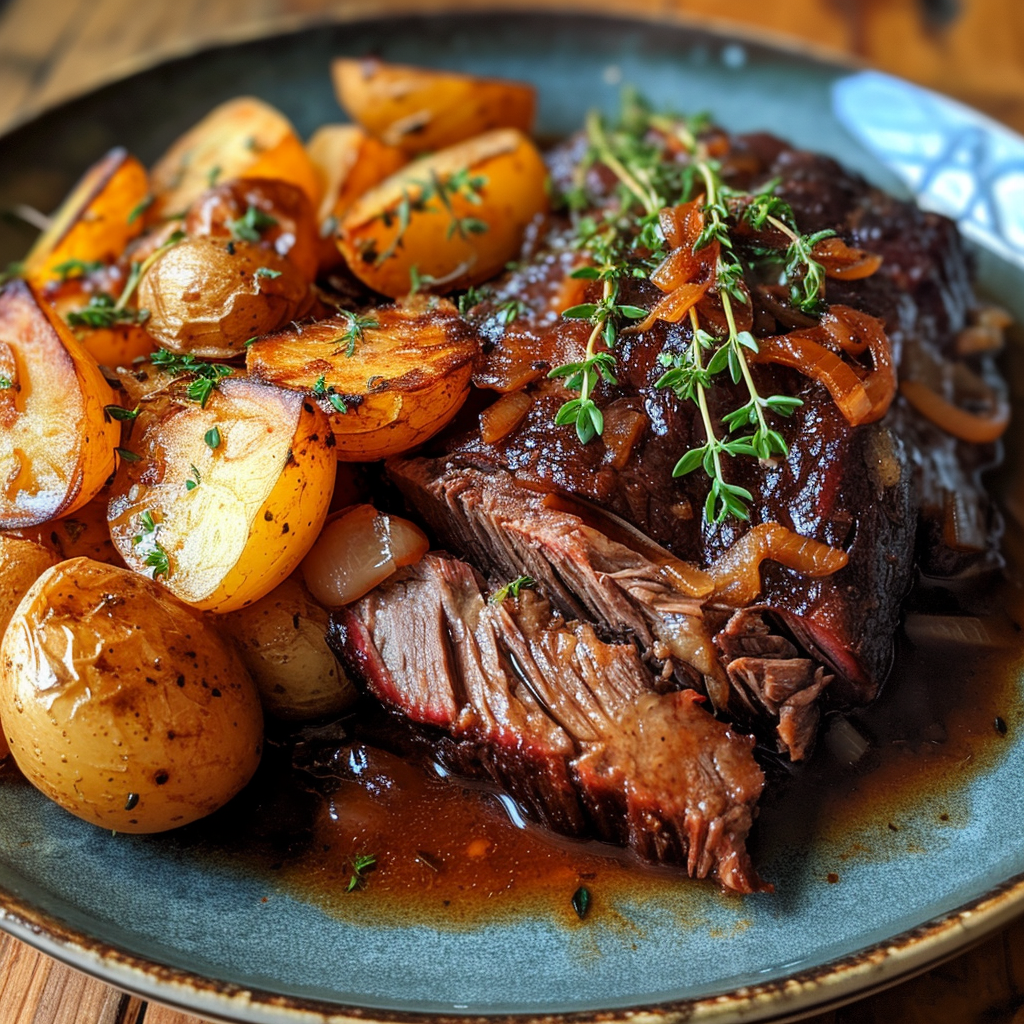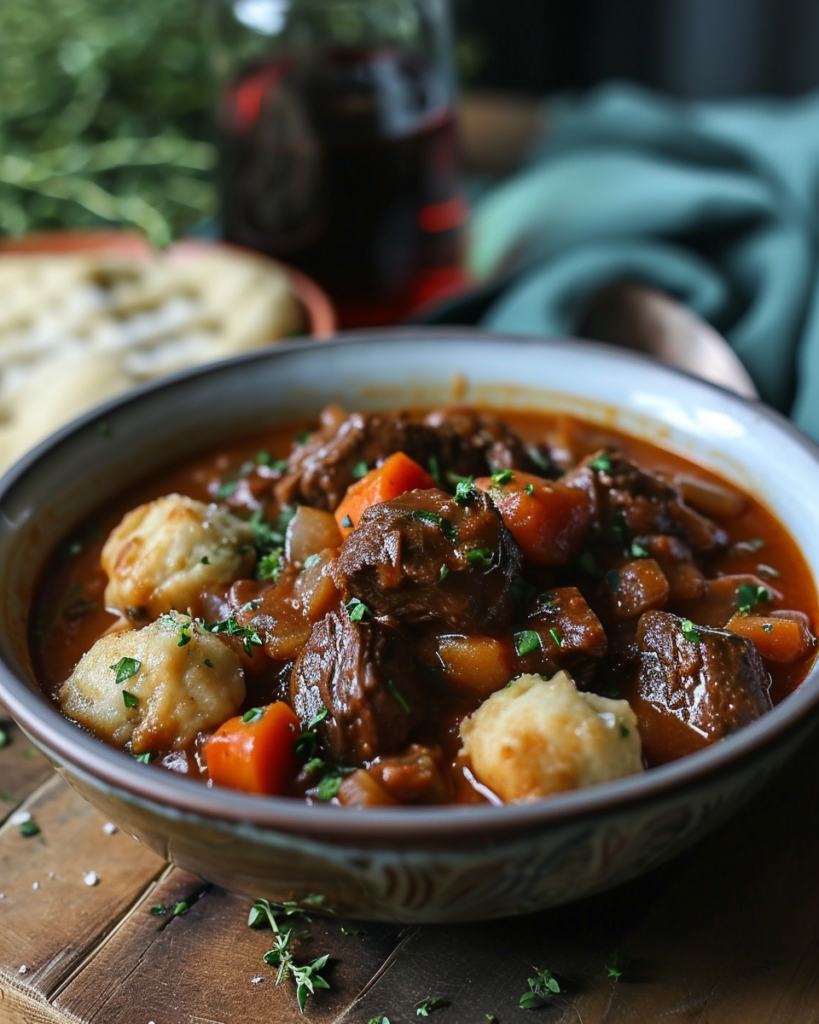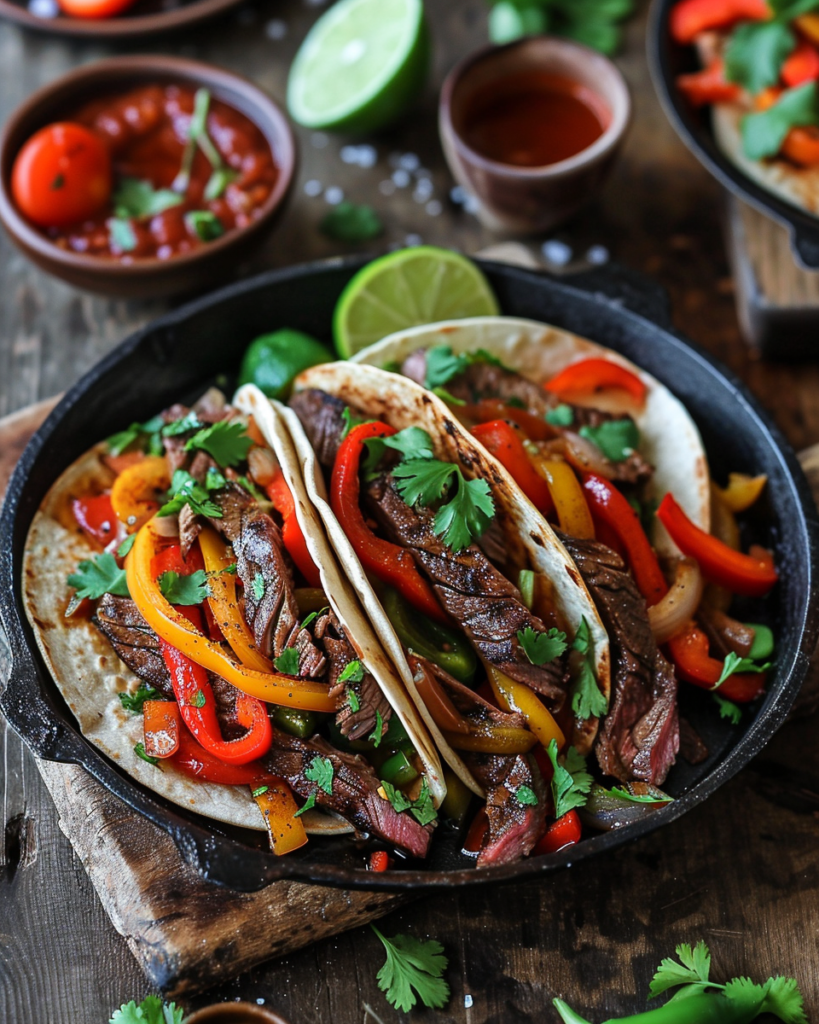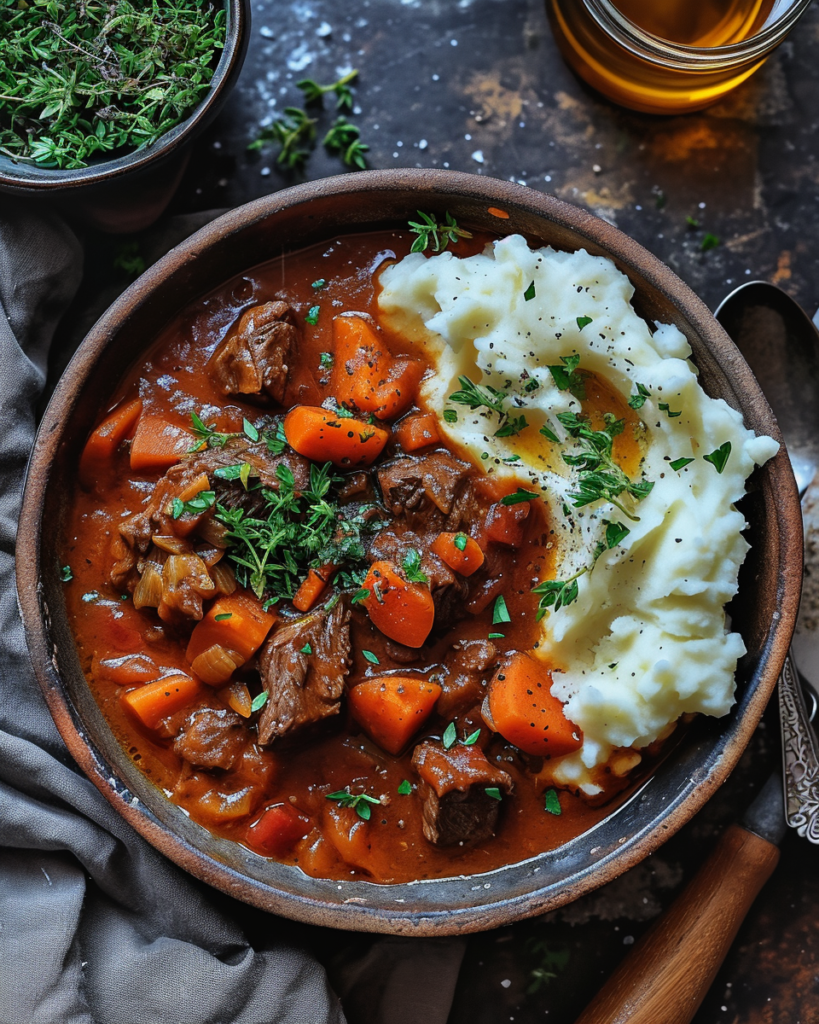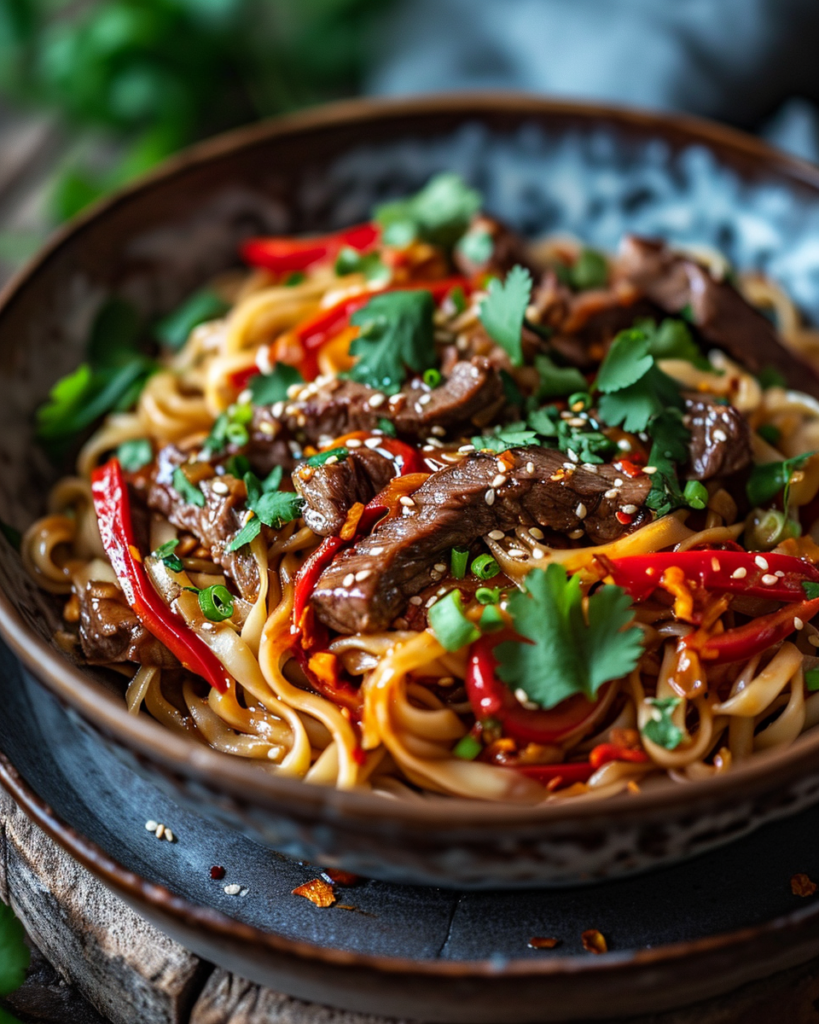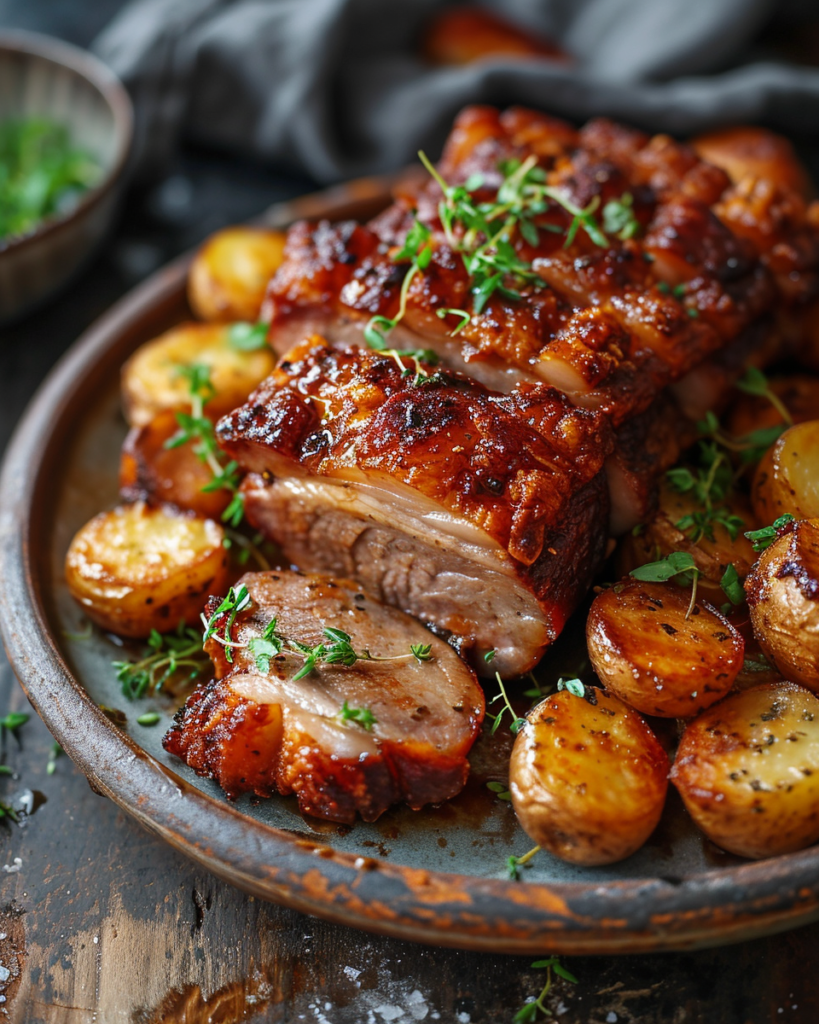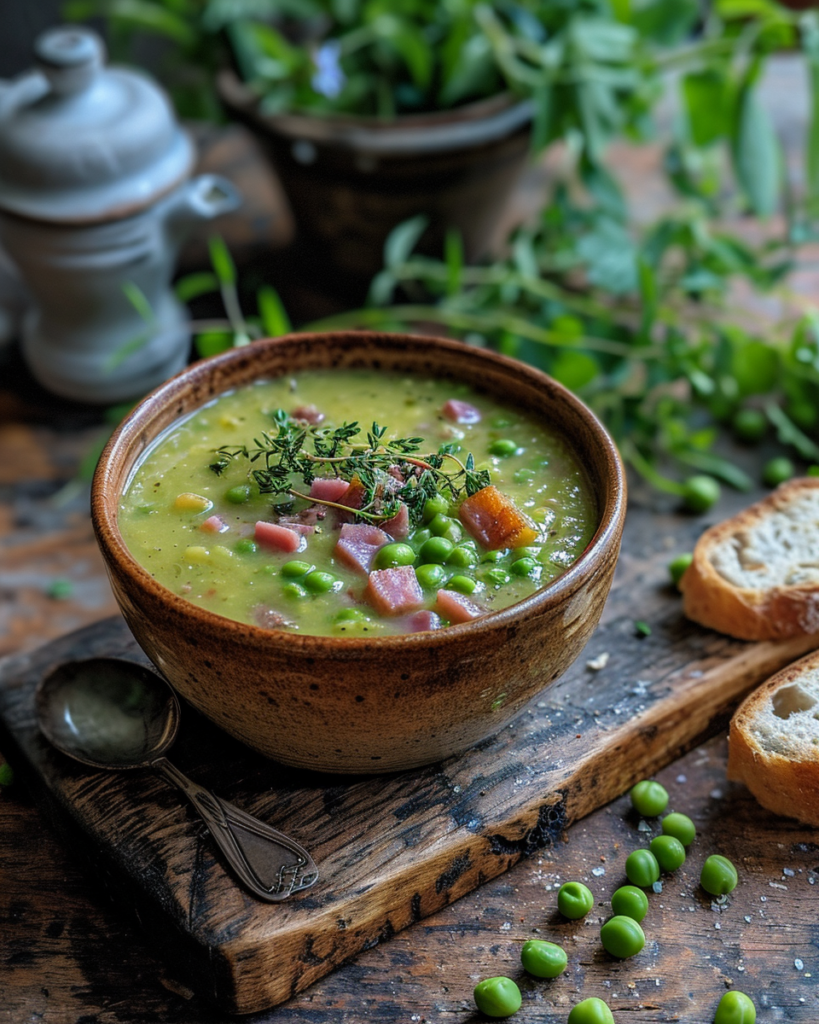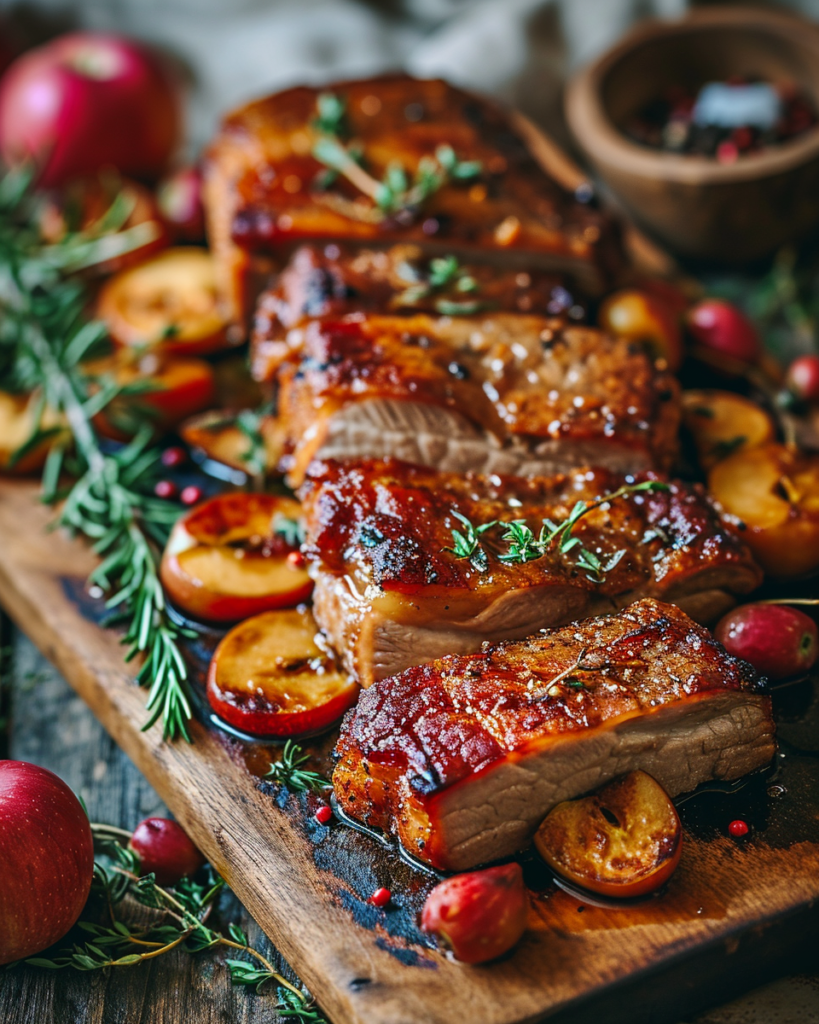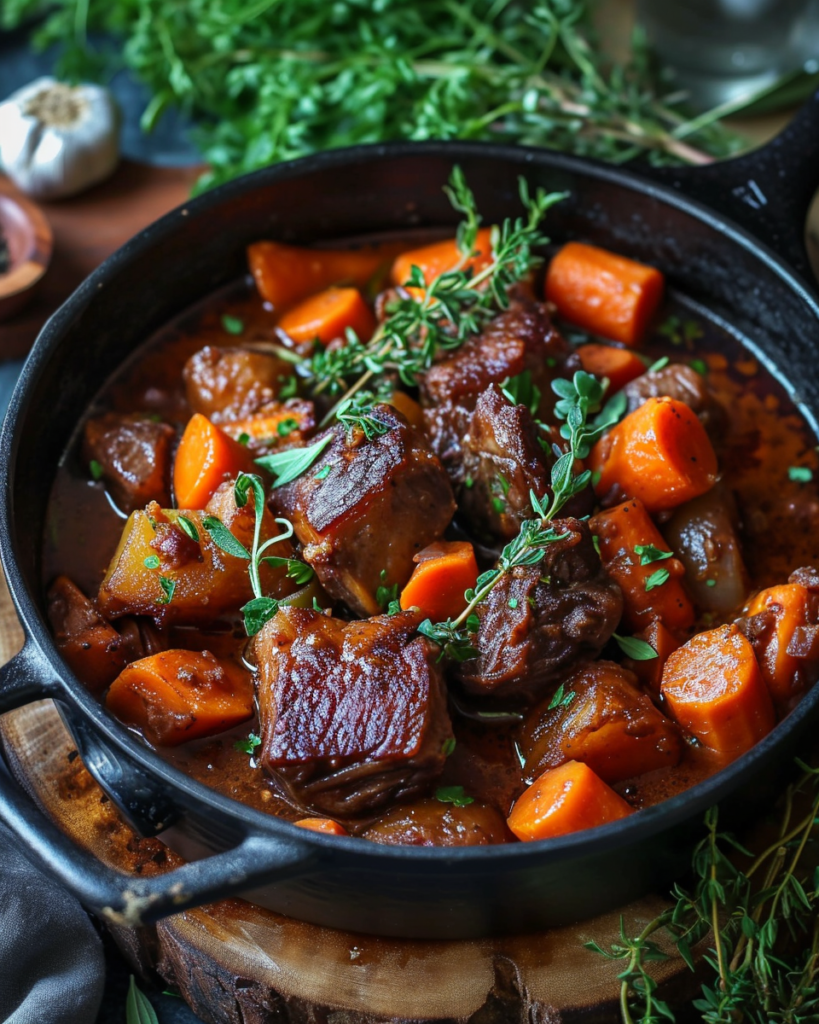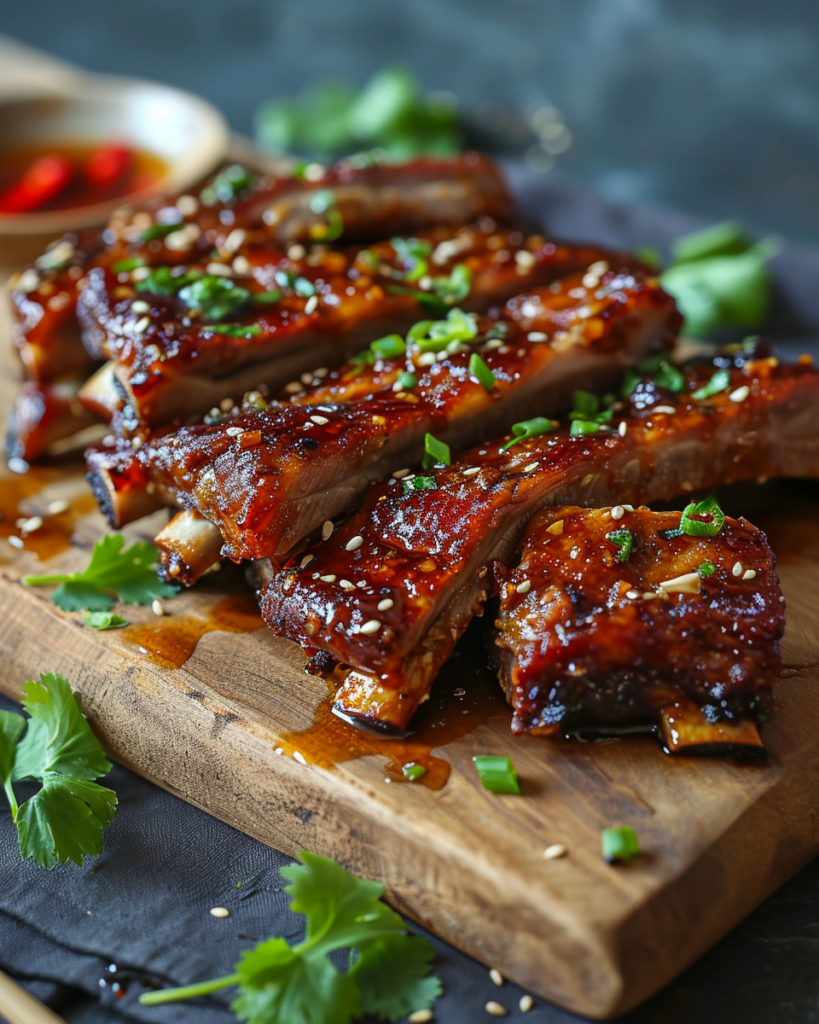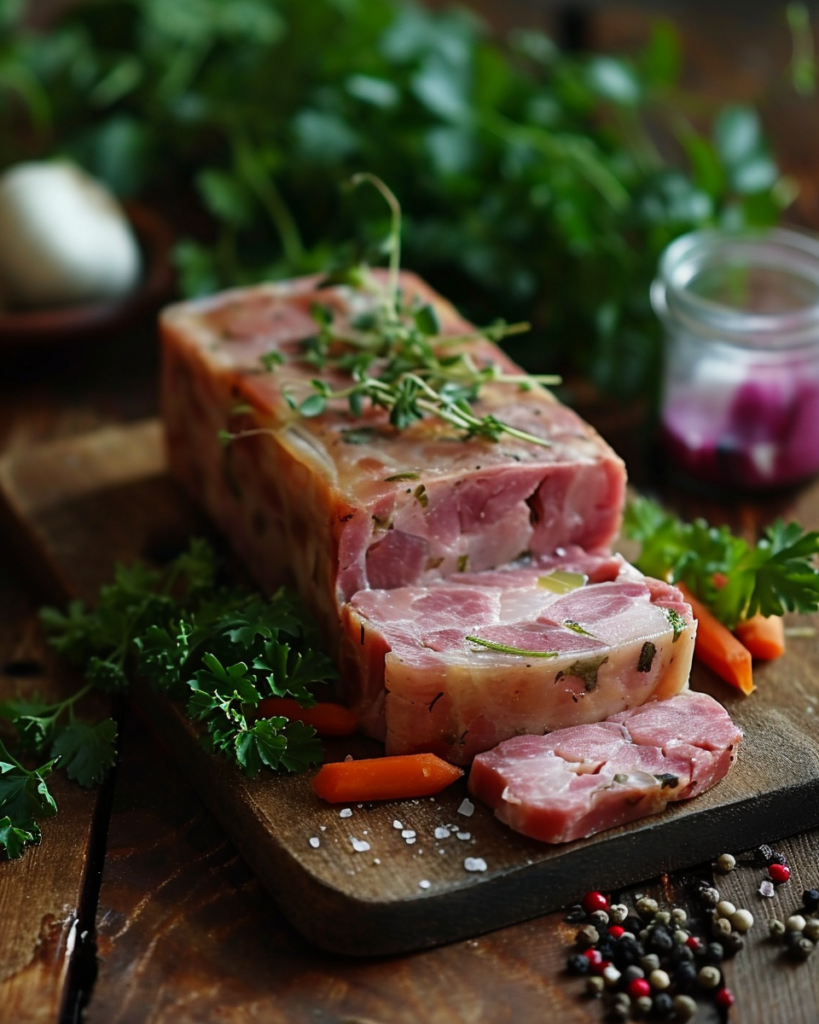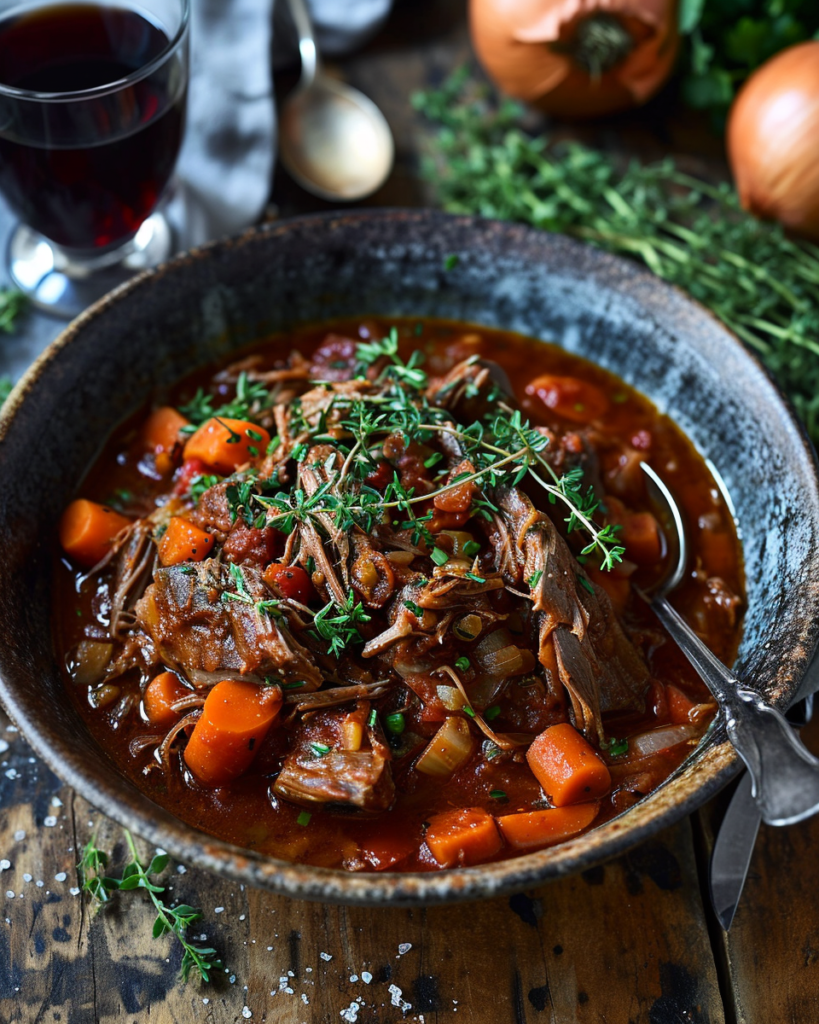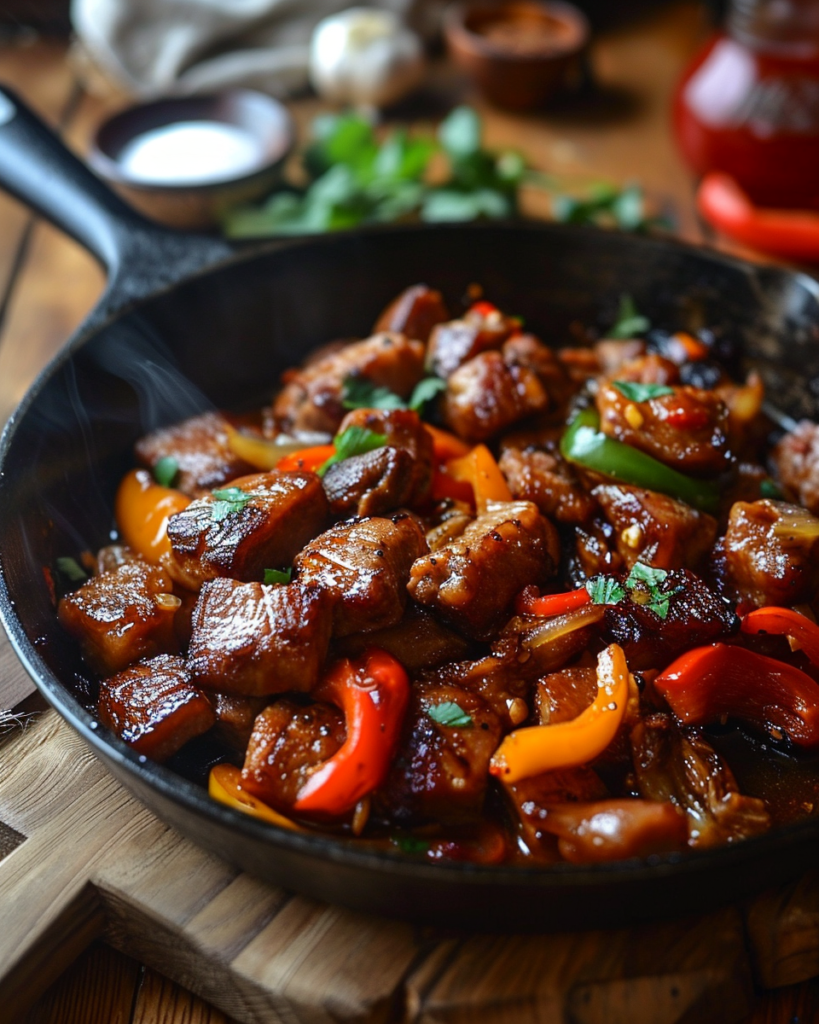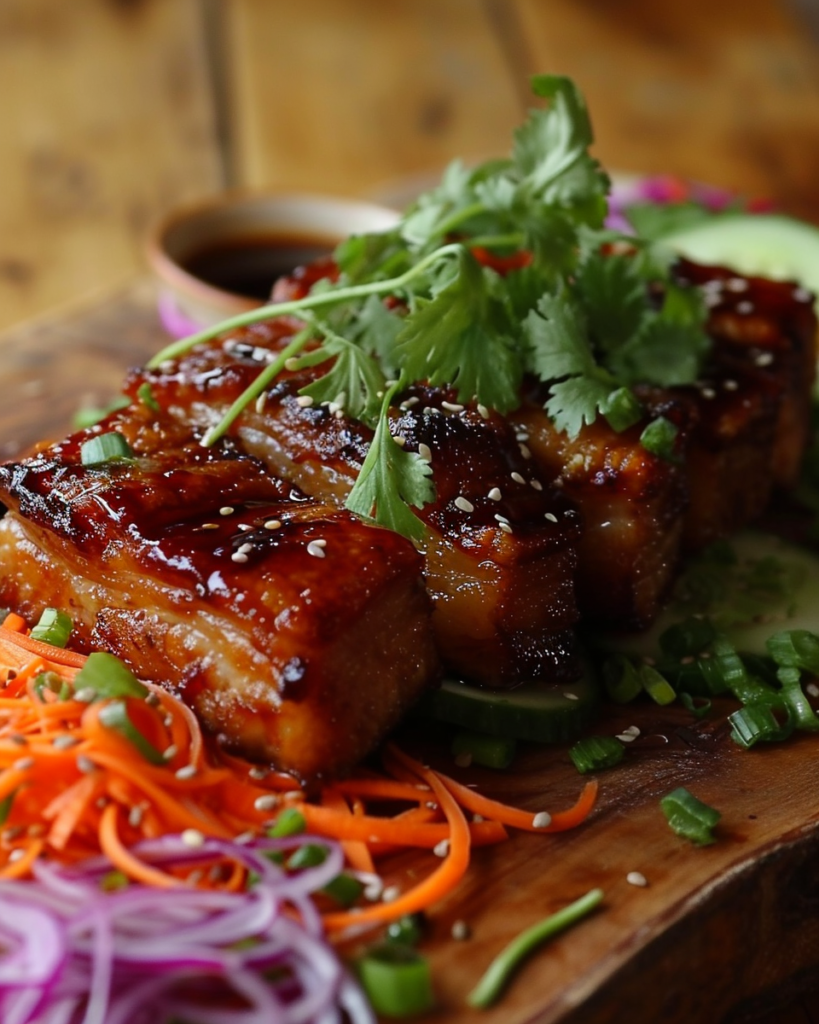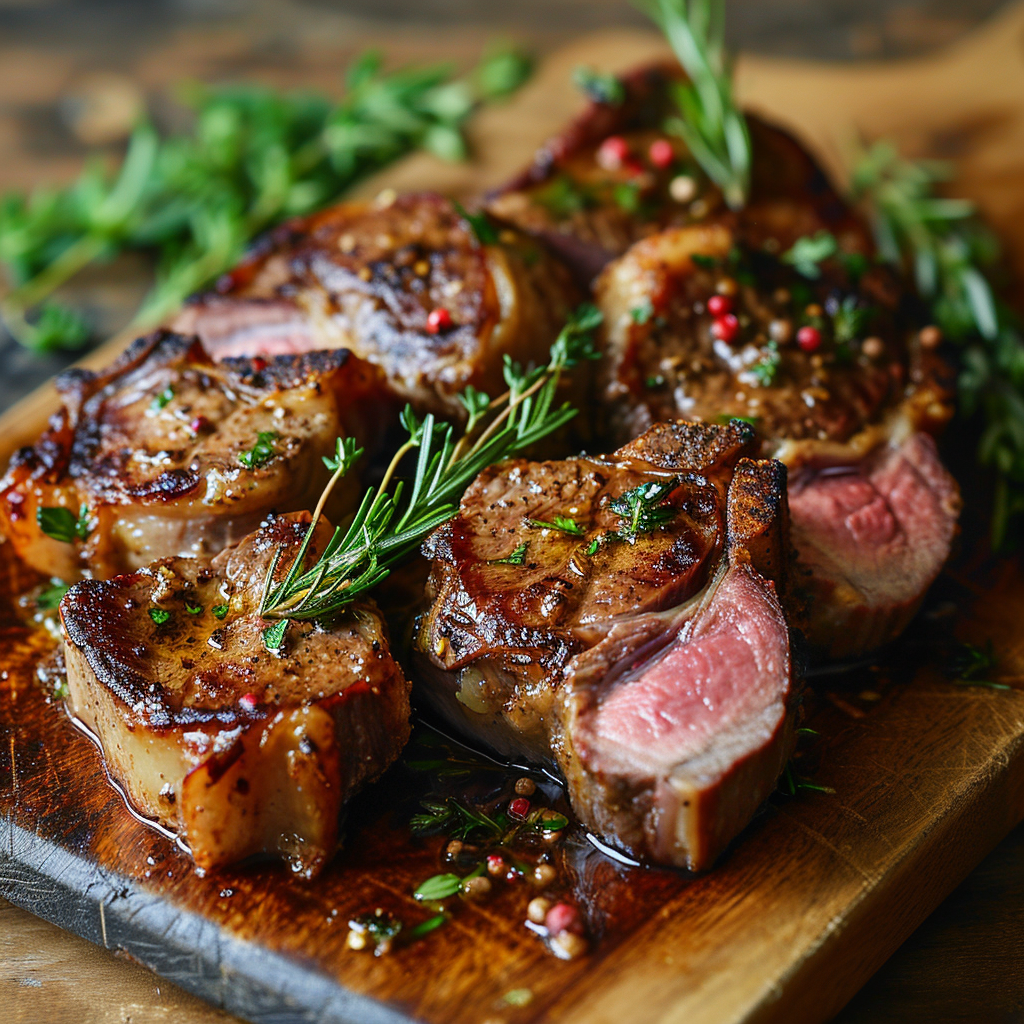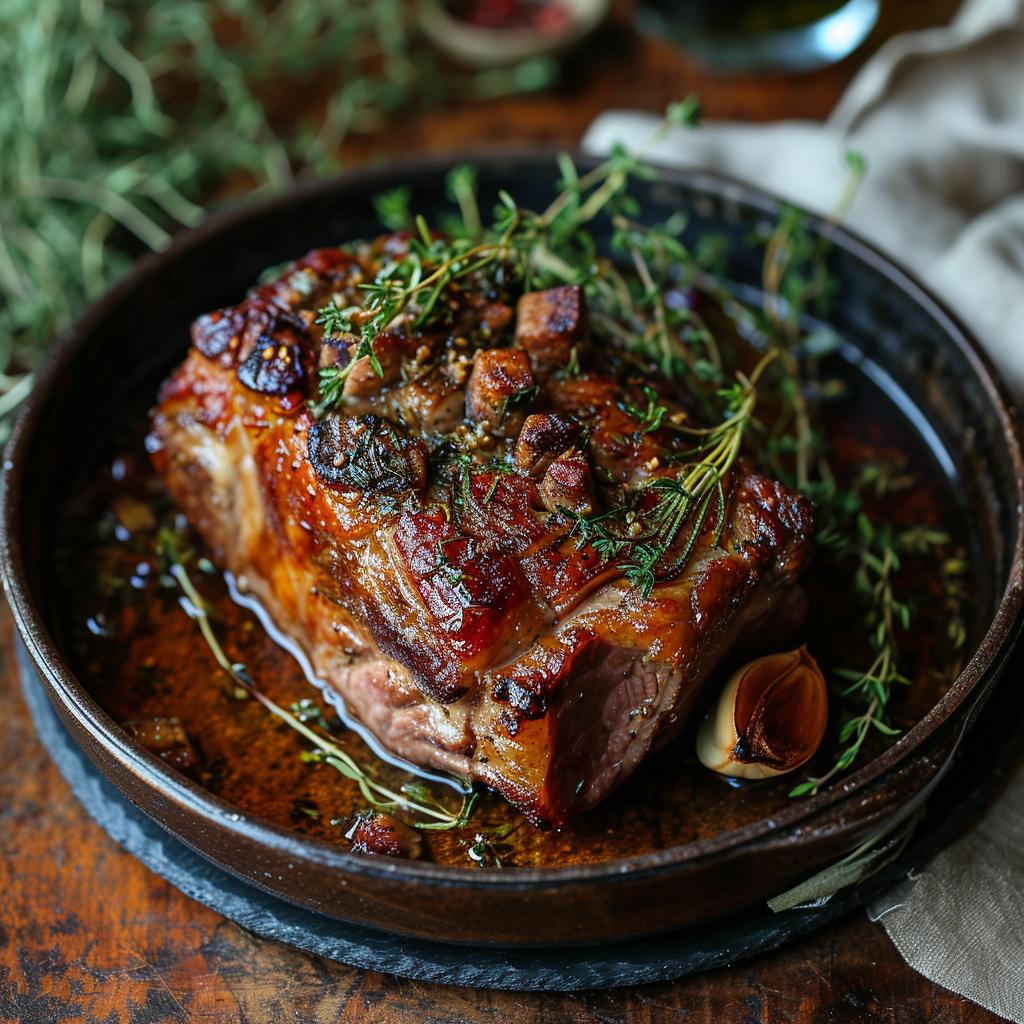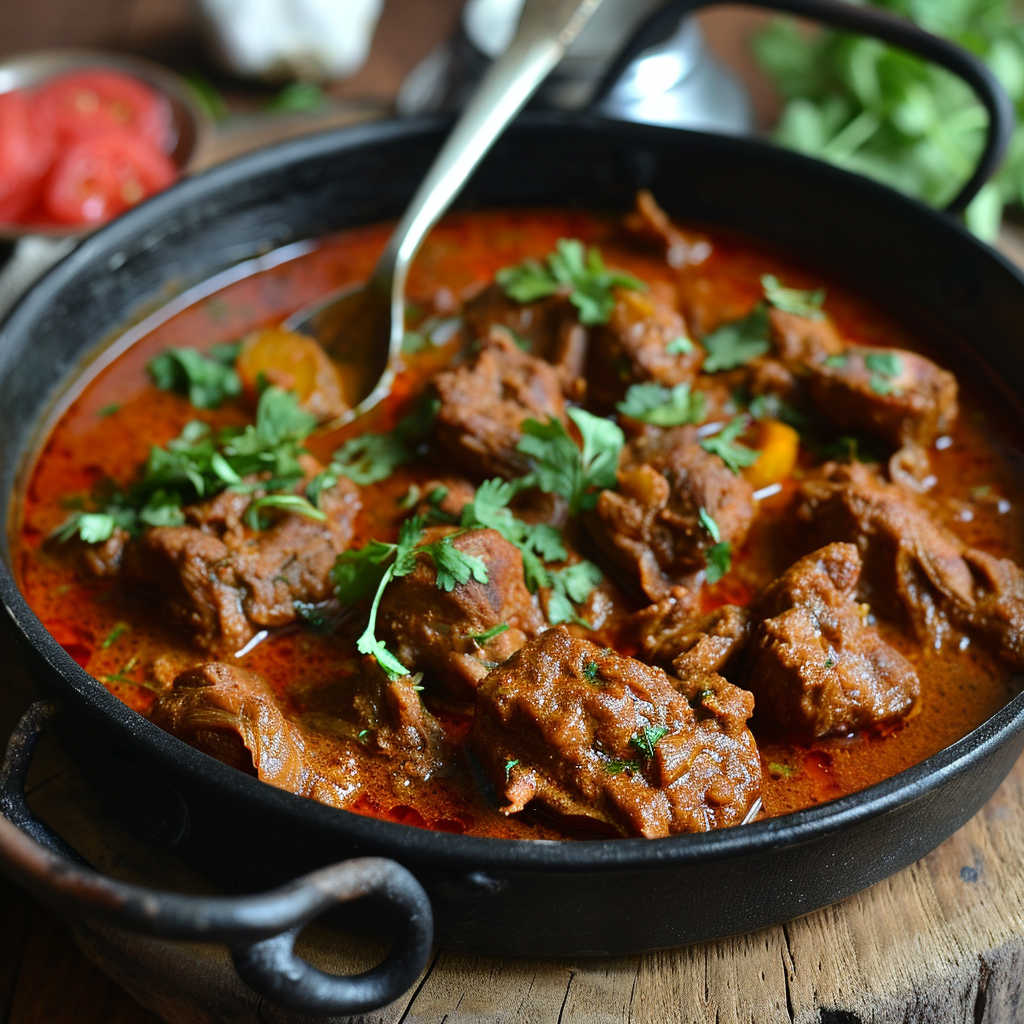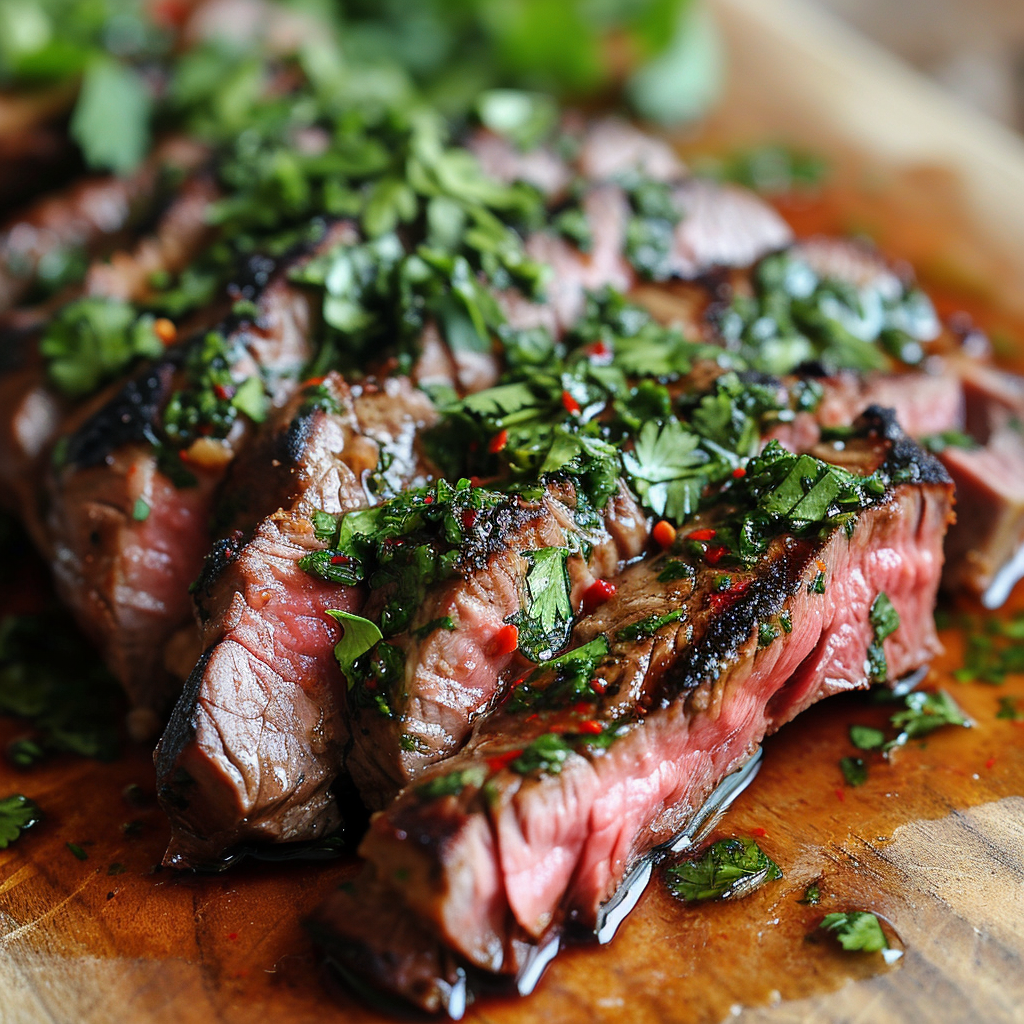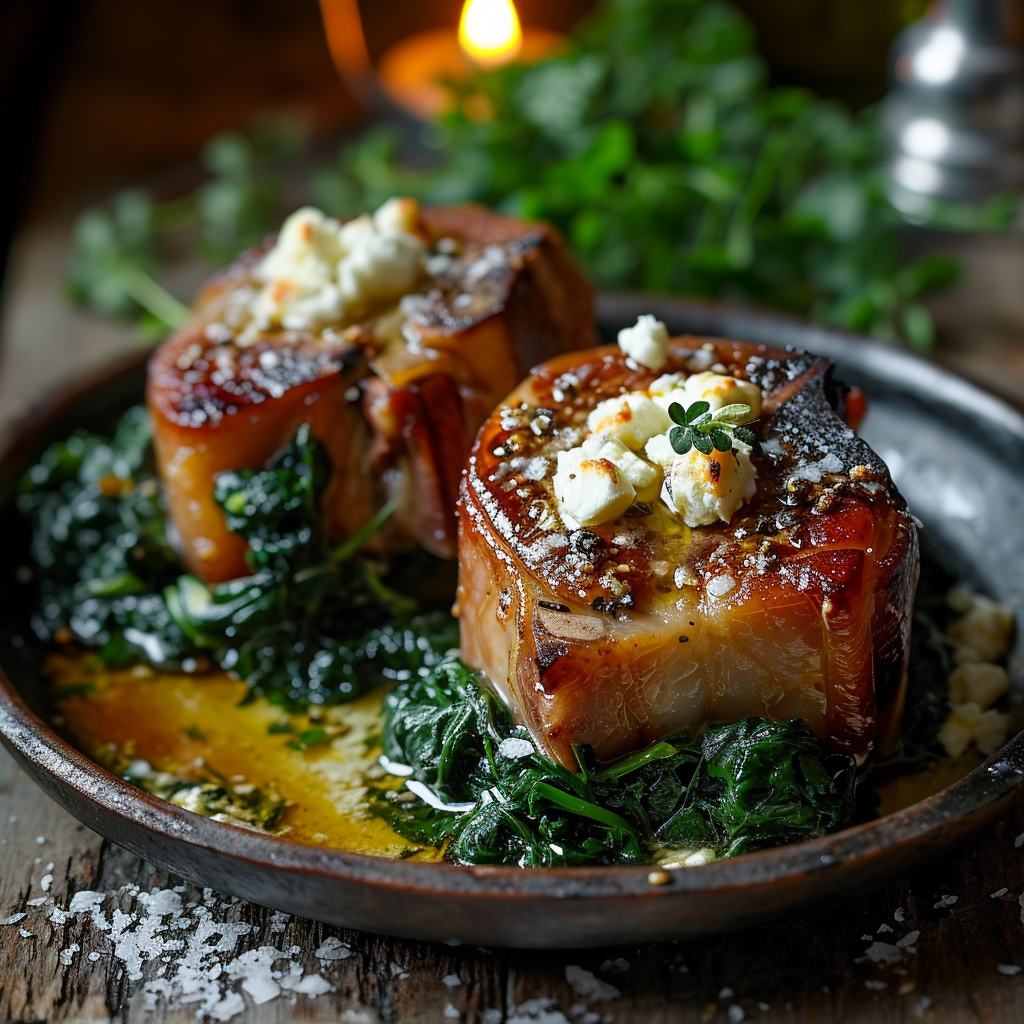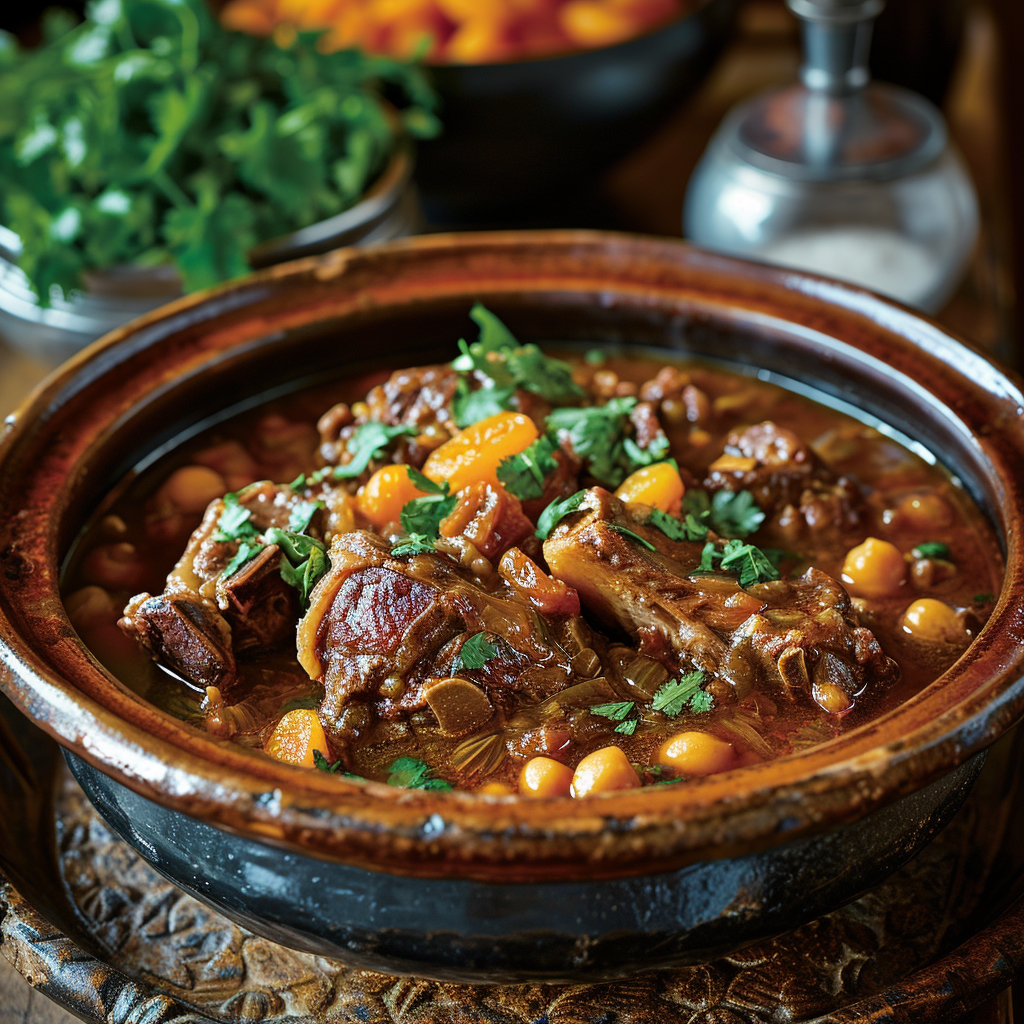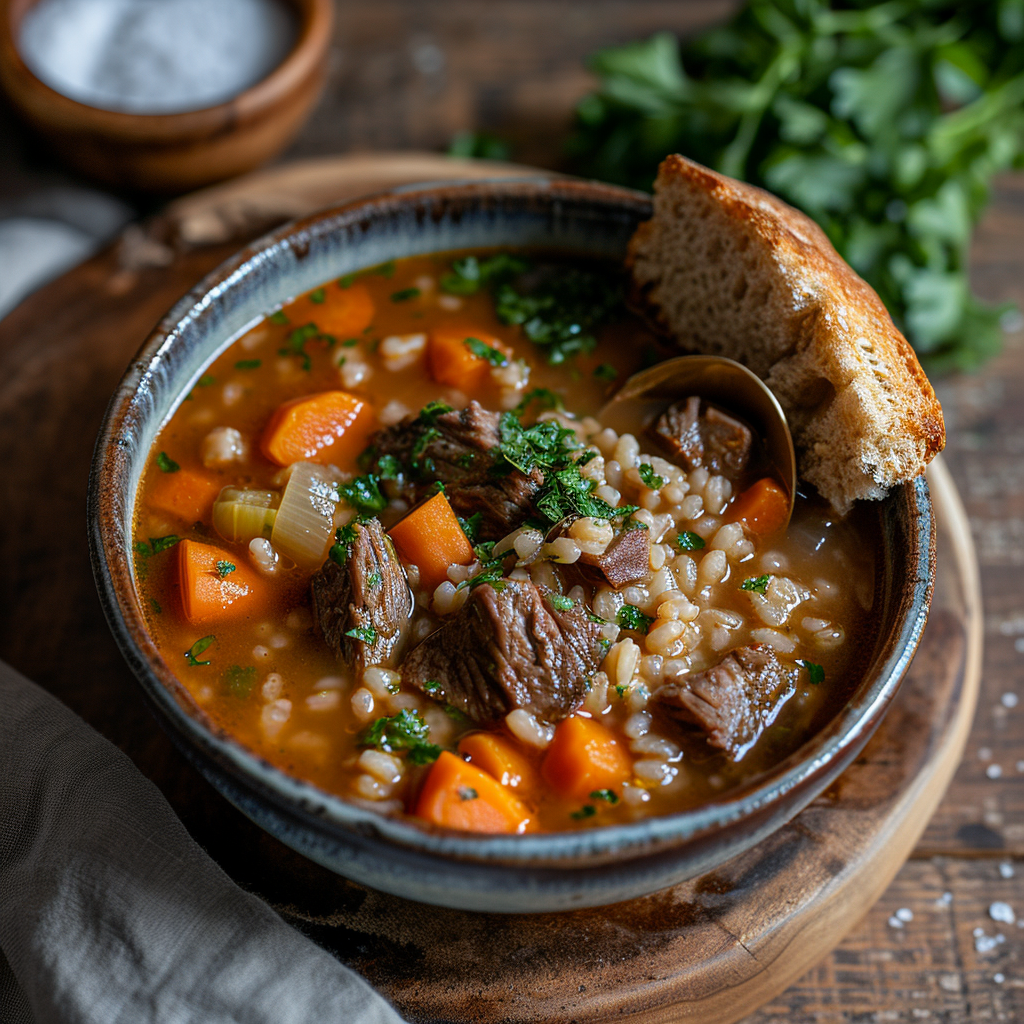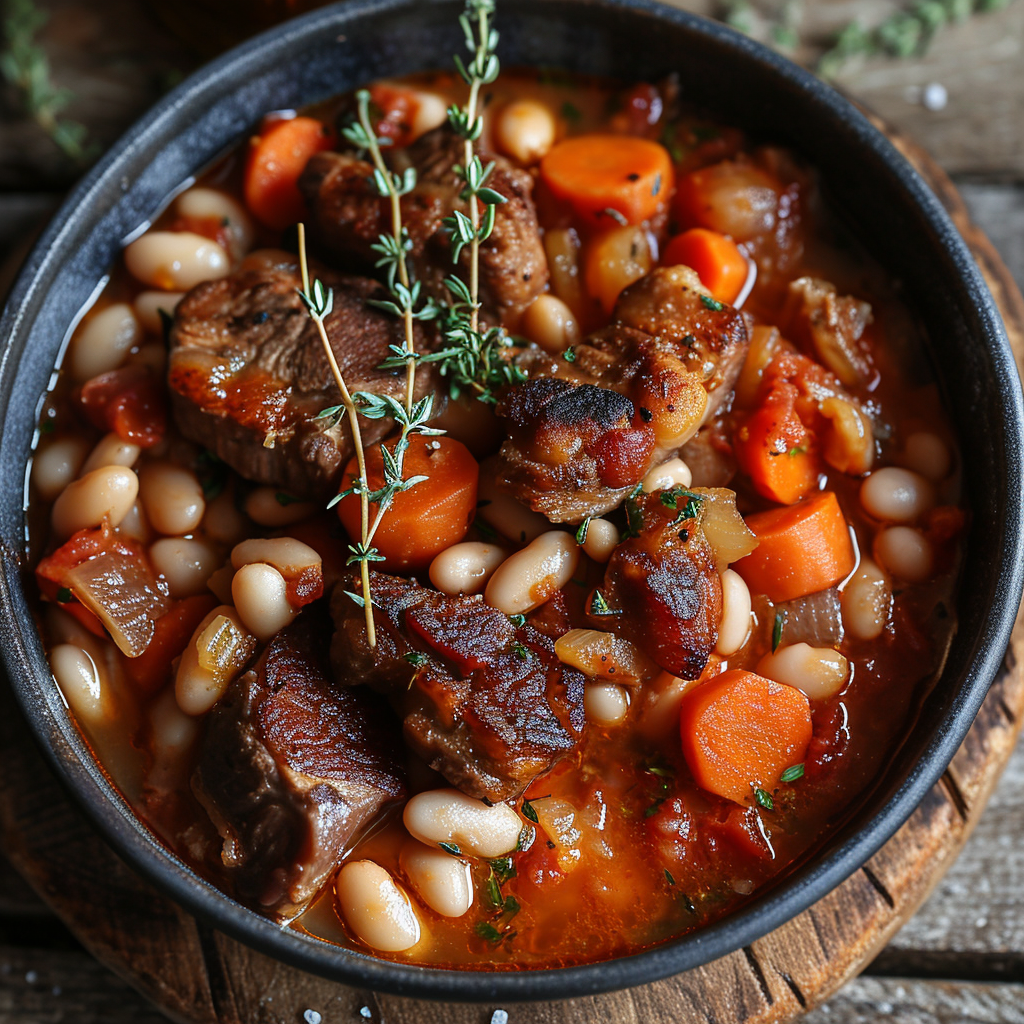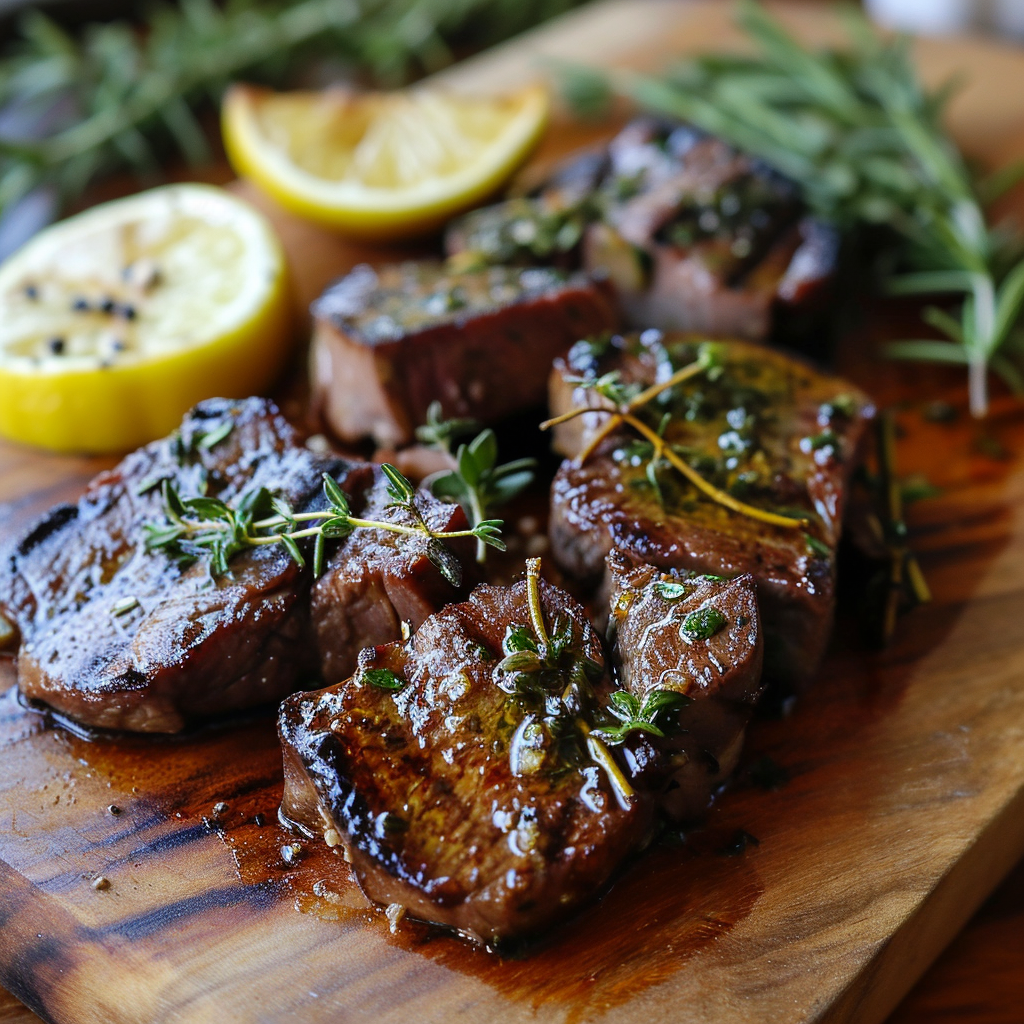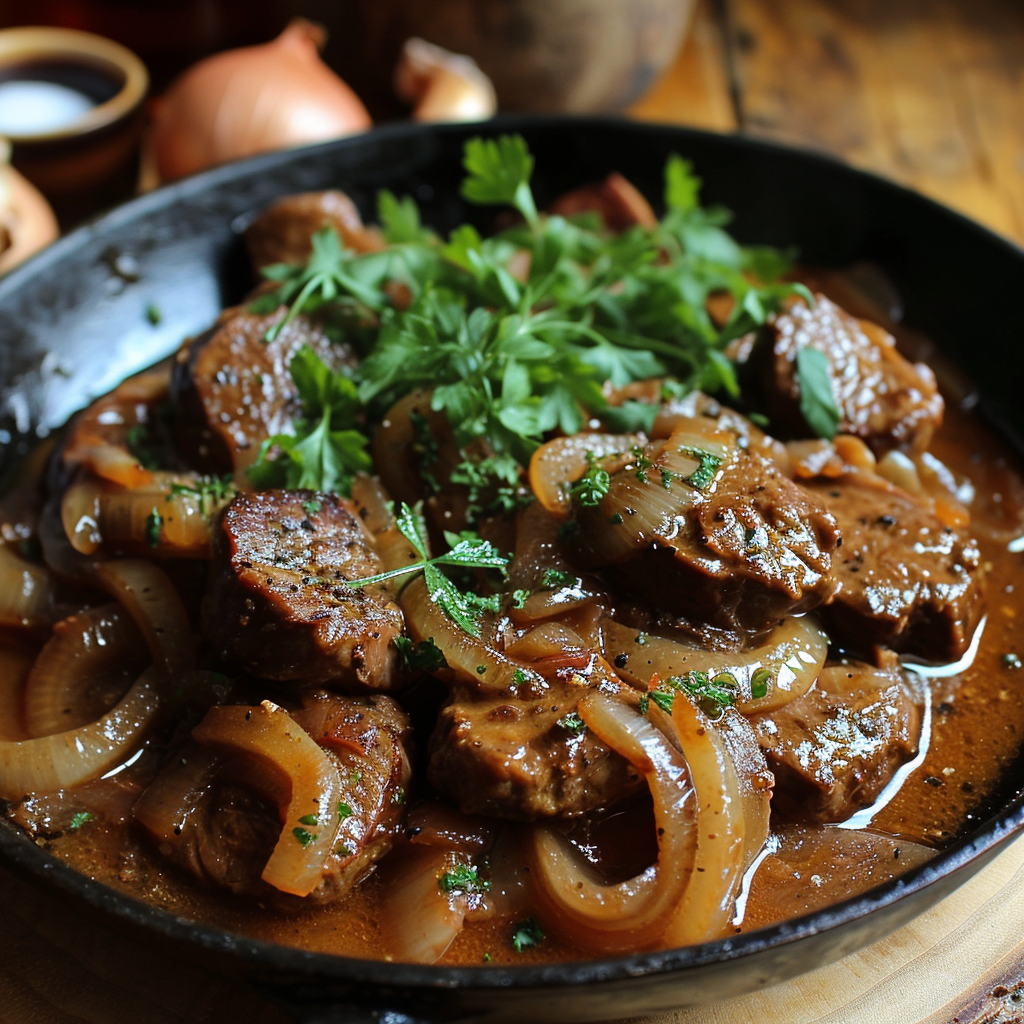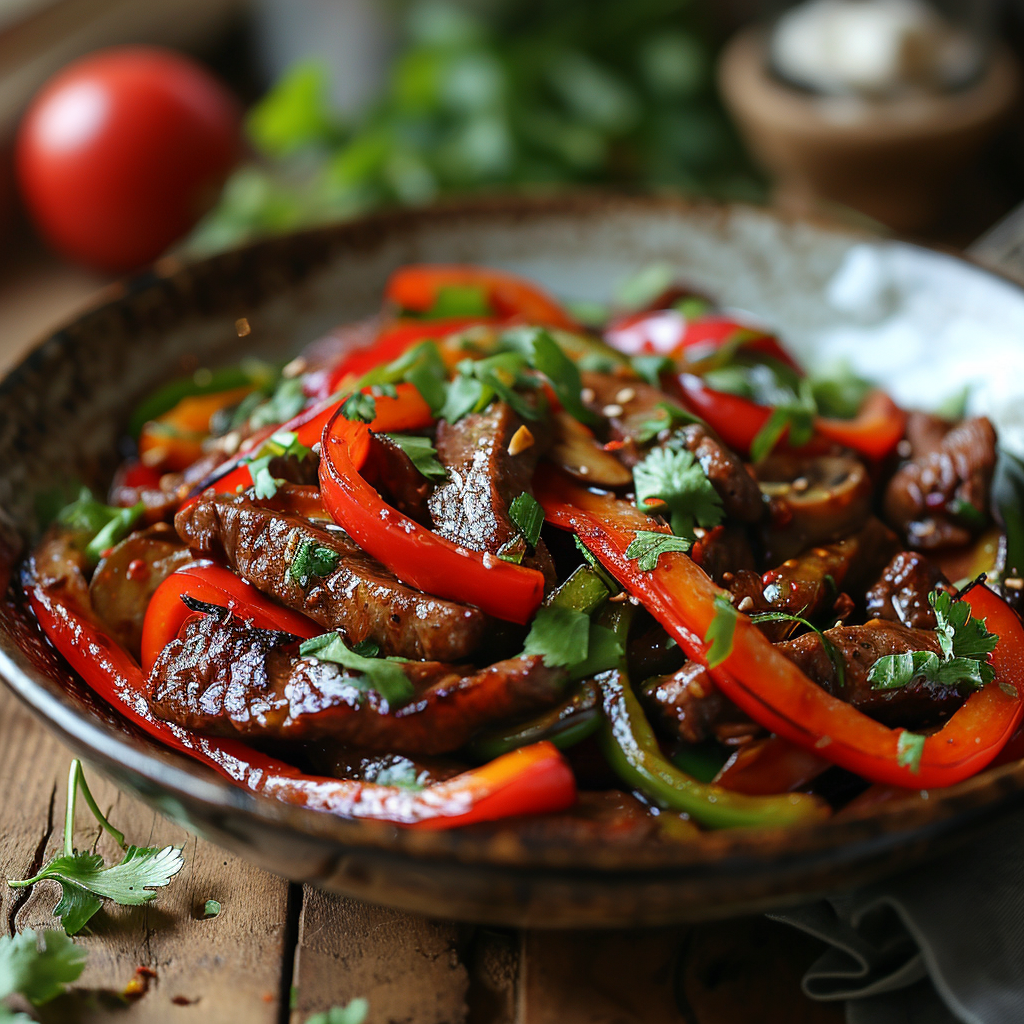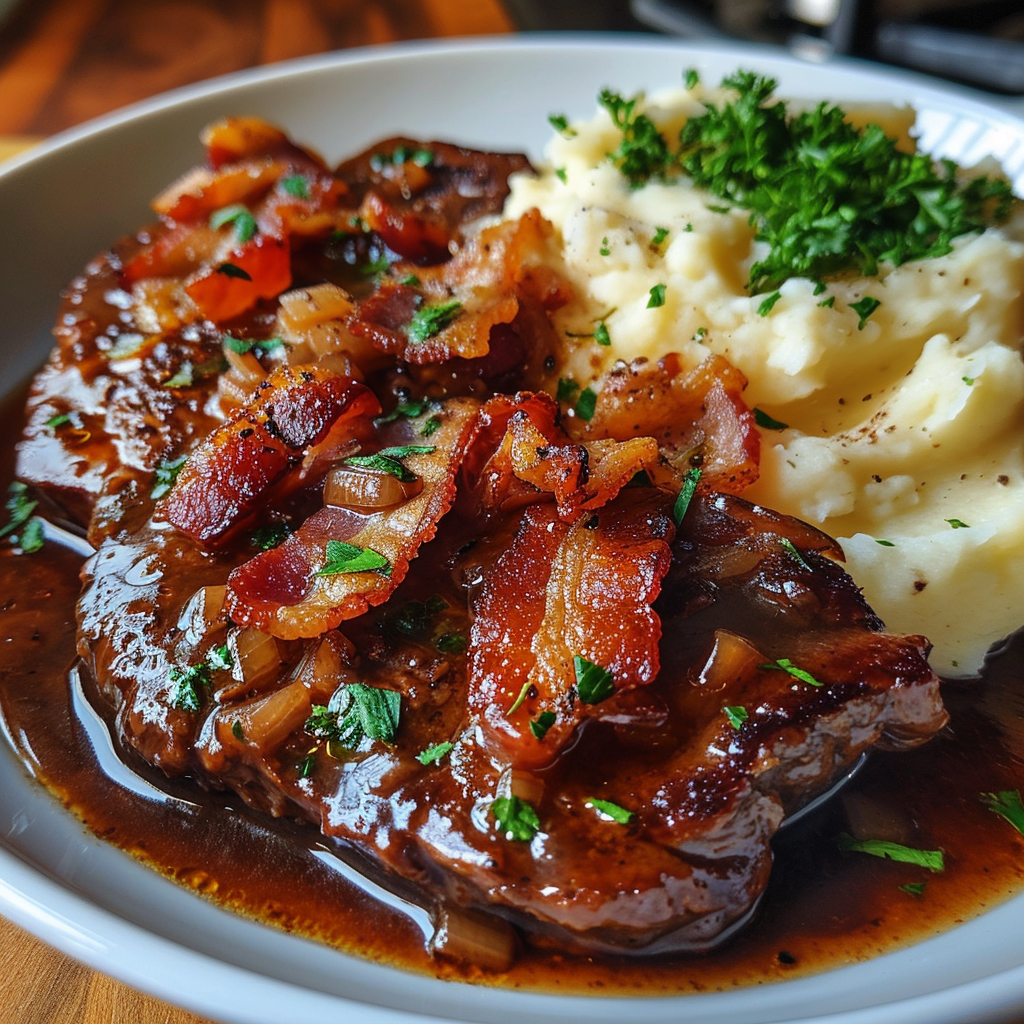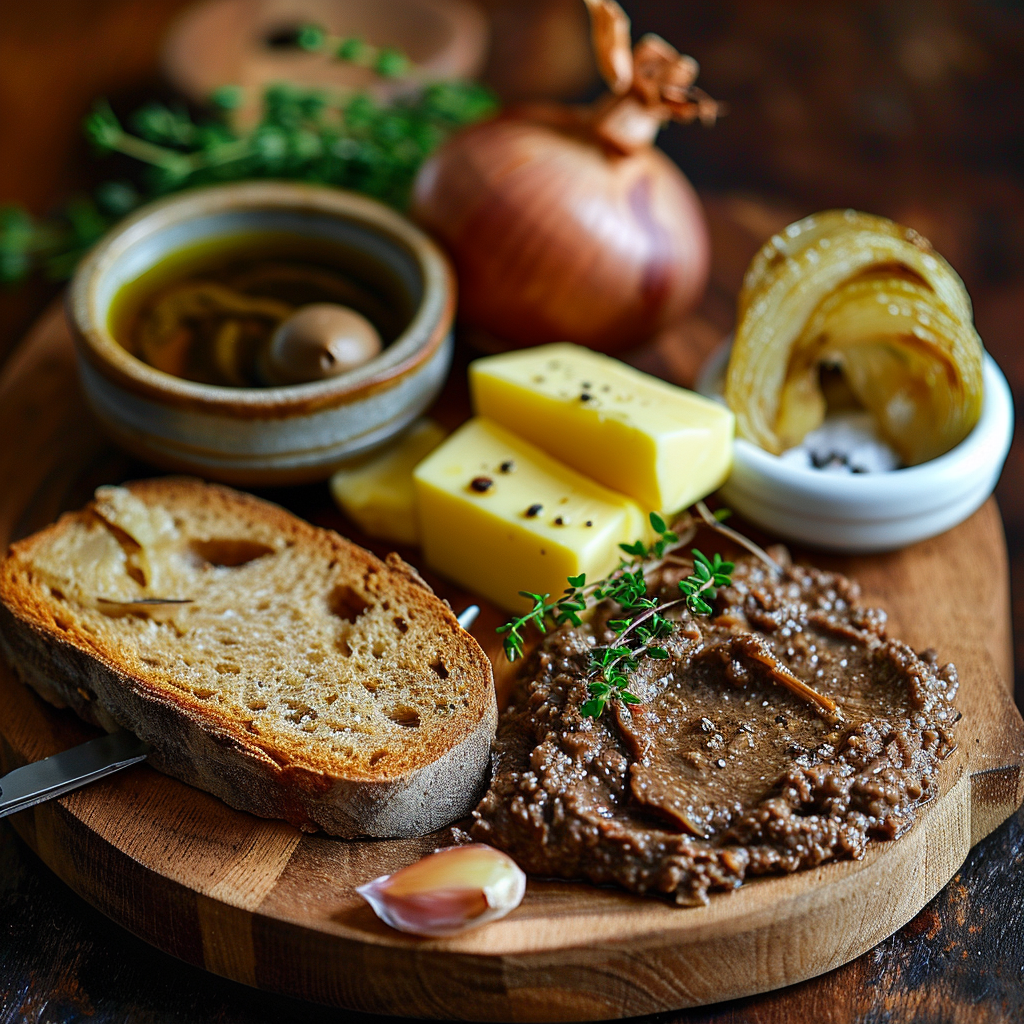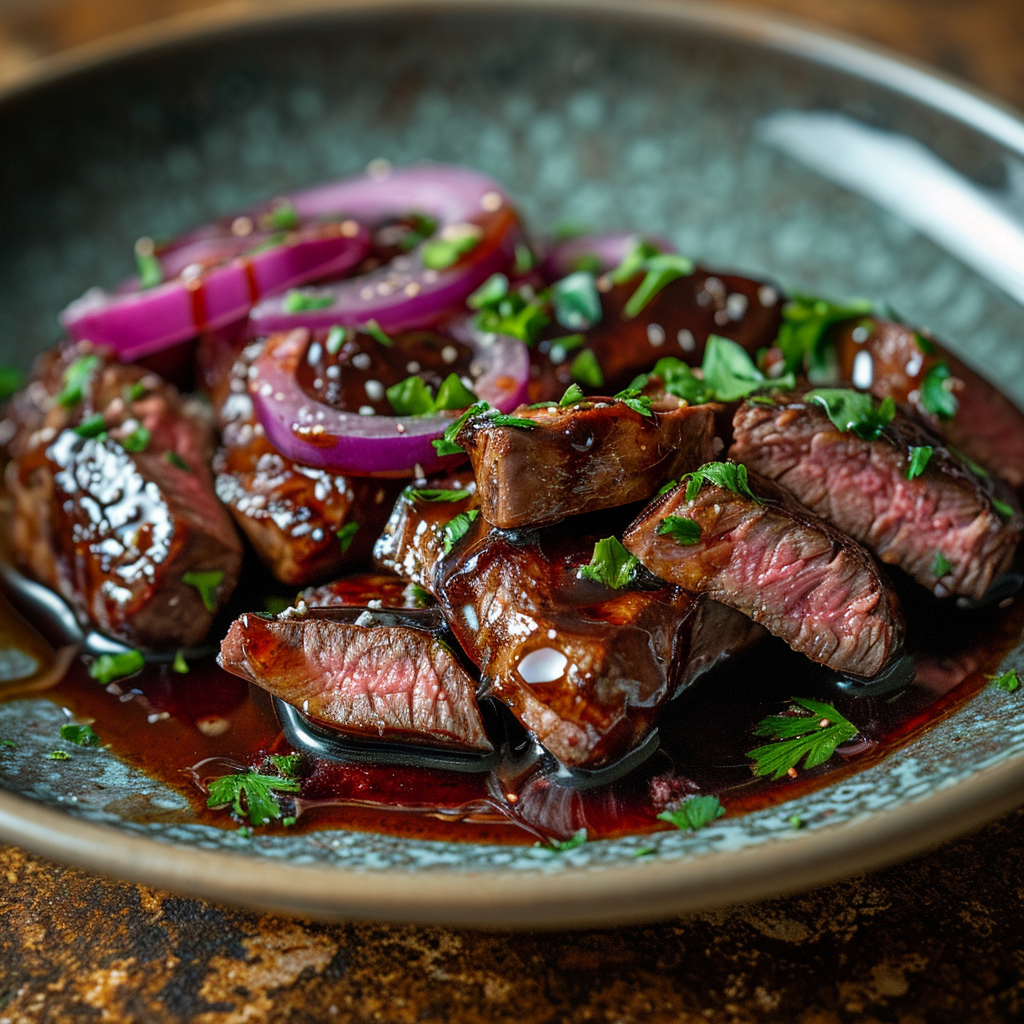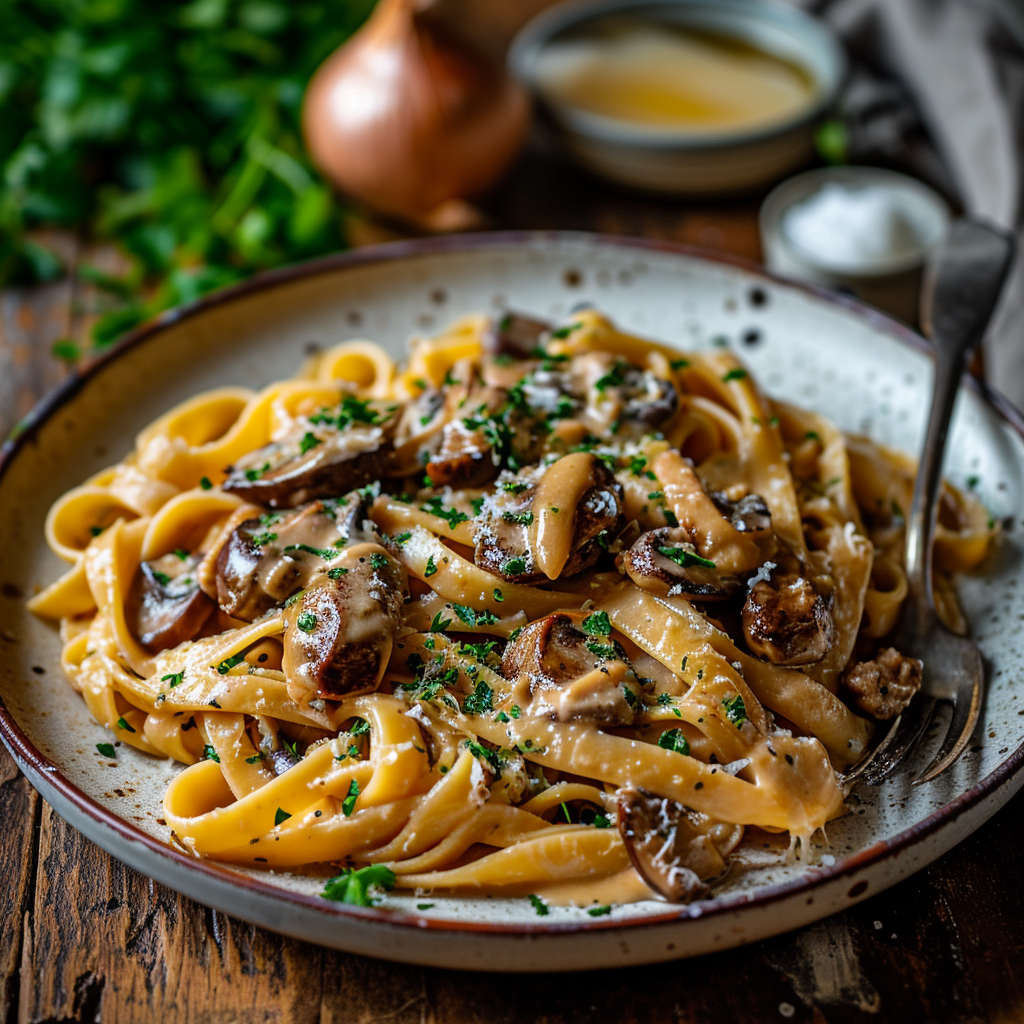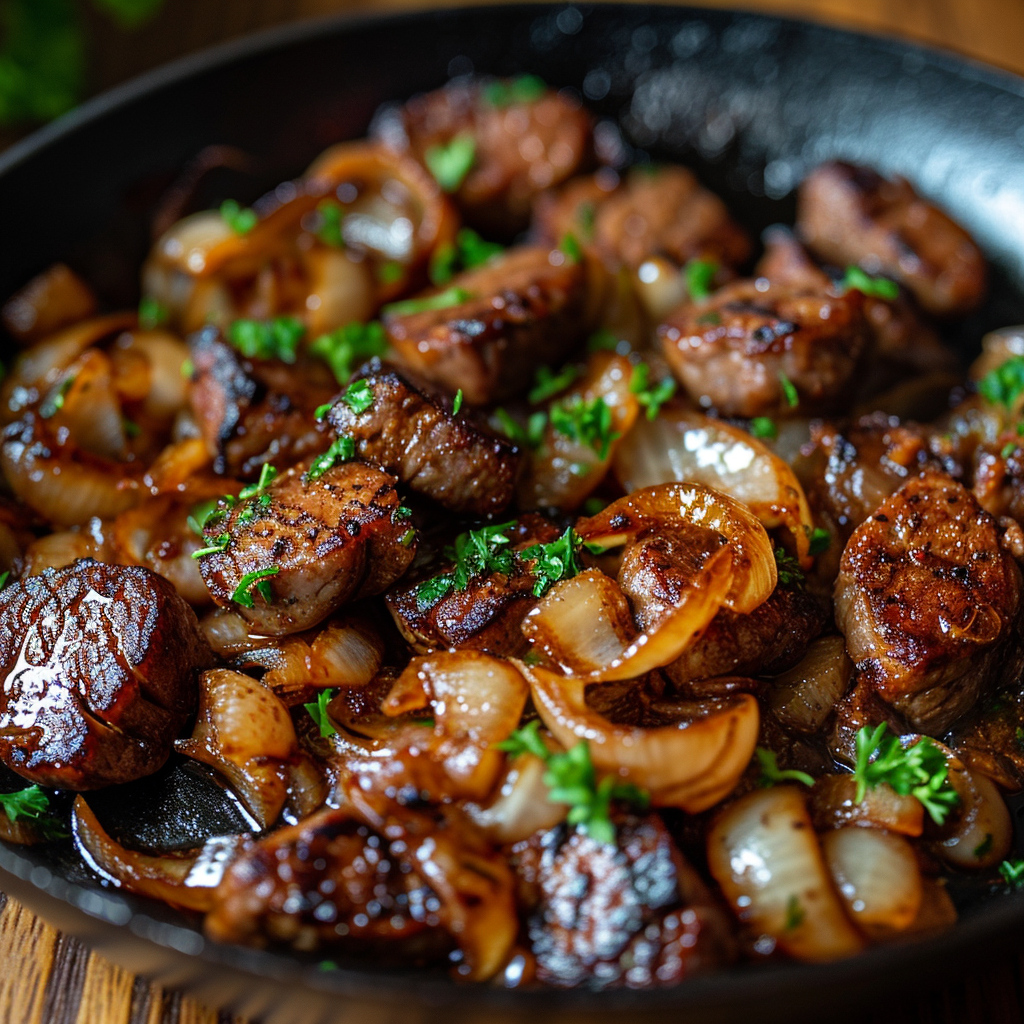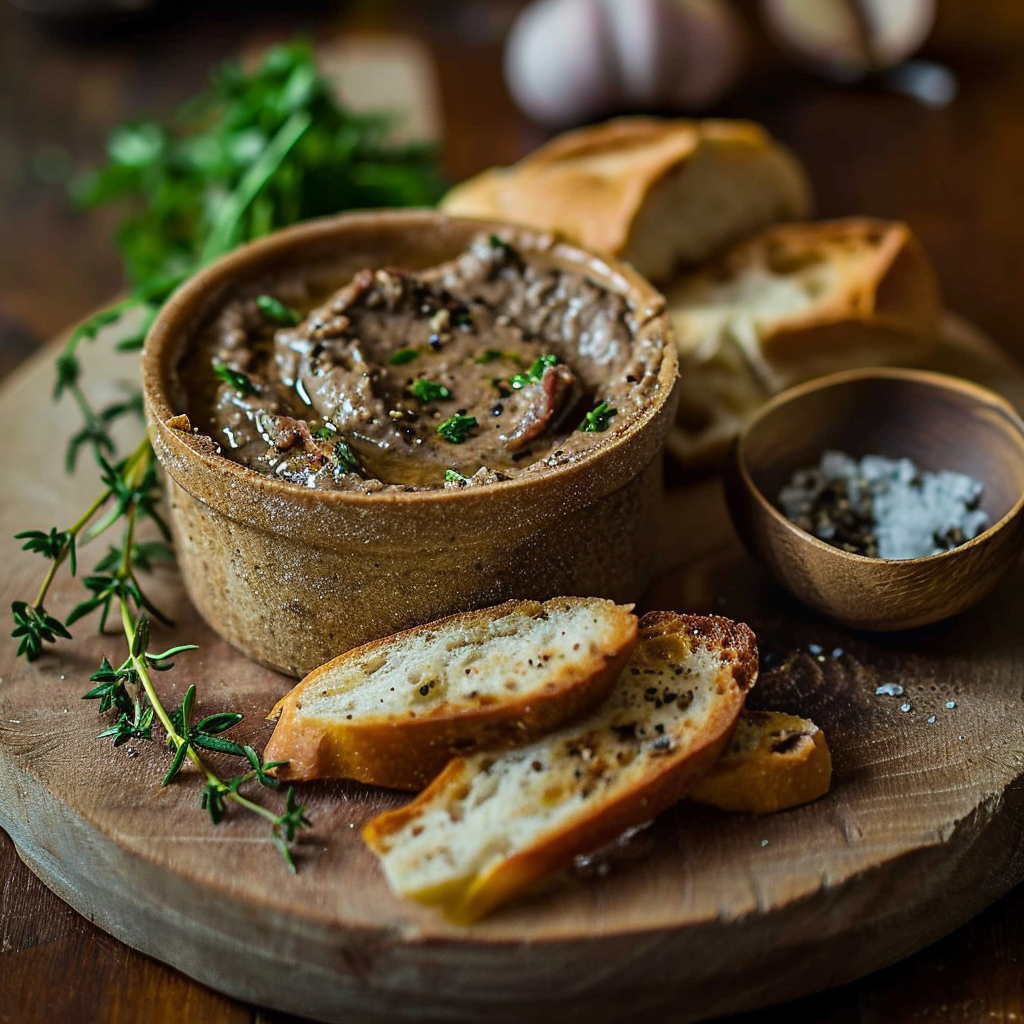
Reducing food waste is a critical goal for households and organisations alike, as approximately 9.5 million tonnes of perfectly edible food are discarded every year. This waste not only costs households and organisations billions of pounds but also has severe environmental consequences, contributing significantly to greenhouse gas emissions. By understanding food labelling, freezing food appropriately, and following proper storage guidelines, we can all play a part in reducing food waste and making better use of our resources. This guide provides you with everything you need to know to reduce food waste effectively, save money, and keep food safe. It clarifies key food labels, offers tips on freezing and defrosting, and helps organisations and consumers make better decisions.
Food waste also has a significant environmental footprint beyond greenhouse gas emissions. The resources that go into food production—including water, land, and energy—are also wasted when food is discarded. For example, every tonne of food that is thrown away wastes thousands of litres of water used during production. Tackling food waste is not only about managing waste better but also about making better use of the earth’s resources.
The Importance of Food Labelling
Food labels are crucial for ensuring food safety and reducing waste. They provide important information about a product’s safety, quality, and storage. Understanding these labels helps consumers avoid unnecessary waste and ensures that food is stored properly to maintain its freshness and safety.
In the UK, the Food Standards Agency (FSA) works to make sure food labels are clear, accurate, and easy to understand. The key labels include Use By, Best Before, and others that help both retailers and consumers manage food safely. Proper understanding of these labels is essential not only for personal food safety but also for minimising food waste.
Understanding these labels also plays a role in fighting food insecurity. When people understand how long food is safe to eat, they are more likely to share surplus food rather than waste it. For example, community initiatives like Olio have successfully facilitated the sharing of surplus food, reducing waste and helping those in need. Misinterpreting these labels often leads to perfectly good food being thrown away unnecessarily. By providing clear information on labels, we can ensure that more food is consumed rather than wasted and that resources are used more efficiently.
Furthermore, food businesses can play a significant role by ensuring their labelling is easy to read and understand. Too often, consumers are confused by ambiguous or unclear labelling, which can lead to both food safety risks and increased waste. Improvements in how information is presented, such as larger fonts or more standardized terms, could significantly enhance consumer understanding and reduce the amount of good food being discarded.
Key Date Labels Explained
Food labels can be confusing, but knowing what they mean is vital to reducing waste and ensuring food safety. Here’s a closer look at some of the most common labels.
1. Use By Date
- What It Means: The Use By date indicates safety. It tells you the last day the food is safe to eat. You’ll find this label on highly perishable items like meat, fish, and dairy. Consuming food after this date can be dangerous because harmful bacteria may have developed, which could lead to foodborne illnesses.
- How to Use It:
- Store food as instructed (e.g., keep it in the fridge) to keep it safe until the Use By date.
- Freeze food before the use date to extend its shelf life. Once defrosted, consume promptly and do not refreeze without cooking first.
- Always check that food smells and looks normal before consuming, even if it is within the Use By date, as improper storage can lead to earlier spoilage.
- To further extend the usability of foods nearing their use date, consider repurposing them into dishes that can be consumed right away or frozen for later use.
2. Best Before Date
- What It Means: The Best Before date refers to quality rather than safety. After this date, the food may lose some texture, flavour, or nutrients, but it’s usually still safe to eat if stored correctly. You’ll find this label on dry goods, canned products, and frozen foods.
- How to Use It:
- Foods like canned items, dry goods, and frozen items are generally safe to eat past their Best Before date if they have been properly stored. An exception is eggs, which should not be consumed after their Best Before date due to the risk of Salmonella.
- Many items, such as pasta, rice, and canned goods, are still edible for long periods after the Best Before Date, as long as there are no signs of spoilage such as unusual odours or visible mould.
- To reduce waste, consider incorporating foods nearing or past their Best Before date into stews, soups, or baked dishes where changes in quality are less noticeable.
3. Display Until and Sell By
- What They Mean: These dates are for store staff and help manage stock rotation. They don’t indicate anything about food safety or quality for consumers.
- How to Use It: Simply ignore these dates when deciding if food is safe to eat. Focus on the Use By or Best Before dates instead.
- Additional Information: If you see these dates on items purchased from a store, do not be alarmed if the product appears close to the indicated time frame. Retailers use these dates to ensure timely sales but they are not indicative of spoilage.
4. Freeze By Date
- What It Means: The Freeze By date indicates the last day to freeze the product to ensure it maintains quality and safety.
- How to Use It: Freeze food before or on the Freeze By date to prevent waste and maintain optimal flavour and texture. Properly freezing food at this point helps preserve its quality until you’re ready to consume it.
- Practical Tip: Make sure to label frozen items with both the freeze date and a description of the contents for easier identification later.
5. Use Within
- What It Means: This label is found on products that need to be eaten within a certain time after opening, such as jars or perishables.
- How to Use It: Follow instructions like “Use within 3 days of opening” and ensure proper storage, such as keeping items refrigerated. This ensures that the product retains its intended quality and safety for the duration recommended.
- Storage Tip: Consider using airtight containers or re-sealable bags to maximize freshness and extend the usability of these items.
Freezing to Extend Shelf Life
Freezing food is an effective way to extend its shelf life, especially as it nears its Use By or Best Before date. Freezing halts the growth of bacteria and helps preserve food for longer, making it an excellent tool for reducing waste. It is also a great practice for meal prepping and ensuring that food is readily available when needed.
Foods Suitable for Freezing
- Bread: Slice before freezing so you can take out only what you need. Bread can generally be kept frozen for up to 3 months without significant loss of quality.
- Dairy: Butter, grated cheese, and even milk can be frozen, although soft cheeses may change the texture. Despite the change, soft cheeses can still be used in cooking without issue. Additionally, consider freezing yoghurt in portion sizes for smoothies or recipes.
- Meat and Fish: Freeze before the Use By date. Use vacuum-sealed bags for the best quality and to avoid freezer burn. Freezing preserves the nutritional value and quality of meat and fish for extended periods. It’s helpful to divide large packs into smaller portions before freezing to make defrosting more manageable.
- Fruits and Vegetables: Blanch vegetables before freezing to maintain their colour and nutrients. Freeze ripe fruits like bananas and berries for smoothies or baking. Blanching also helps vegetables maintain their texture once defrosted, making them more enjoyable to eat. Frozen vegetables and fruits can also be used directly in cooked dishes or smoothies without the need for defrosting.
Foods Not Recommended for Freezing
- Foods with high water content, such as lettuce, cucumbers, and raw potatoes, may become mushy after freezing. While their texture changes, they may still be suitable for cooked dishes like soups or stews, where texture is less of a concern.
- Alternative Uses: Rather than discarding these items, consider using them creatively. For instance, cucumbers can be blended into cold soups or added to smoothies where texture is not as crucial.
Freezing food allows for flexible meal planning and helps reduce waste, which is especially beneficial for food redistribution organisations and households looking to save on grocery costs. By incorporating more freezing into everyday practices, households can greatly enhance their ability to manage surplus food effectively.
Freezer Life Guidelines
Freezing food at -18°C keeps it safe indefinitely, but quality can decline over time. Here are some general guidelines:
| Food Type | Freezer Life |
|---|---|
| Bread and Baked Goods | 3 months |
| Raw Meat (e.g., beef) | 4–12 months |
| Cooked Meat and Poultry | 2–6 months |
| Fatty Fish (e.g., salmon) | 2–3 months |
| Lean Fish (e.g., cod) | 6 months |
| Fruits | 8–12 months |
| Vegetables (blanched) | 8–12 months |
| Dairy (e.g., butter) | 6–9 months |
| Prepared Meals | 2–3 months |
Freezing Tips
- Portion Control: Freeze in small portions to prevent waste and thaw only what you need. Smaller portions also freeze more quickly, which helps maintain food quality.
- Airtight Storage: Use freezer bags or airtight containers to avoid freezer burn, which can negatively impact taste and texture. Remove as much air as possible from freezer bags before sealing. Alternatively, use vacuum sealers for even better results.
- Label Clearly: Write the date on frozen food to track how long it’s been stored and use older items first. Clear labelling ensures that nothing gets forgotten at the back of the freezer, reducing the risk of items going to waste.
- First In, First Out: Arrange frozen food in a way that ensures older items are used first. This helps maintain a steady rotation and minimises the chances of finding expired or poor-quality food buried in the back of the freezer.
Defrosting Safely
Safe defrosting is essential to prevent bacterial growth and ensure food safety.
- In the Fridge: This is the safest method, but it requires time. Larger items may need 24 hours to thaw fully. This method keeps the food at a safe temperature throughout the process.
- In the Microwave: Use the defrost setting for quick thawing, but cook immediately afterwards to prevent bacterial growth. Microwave defrosting can partially cook some areas, so it’s essential to cook the food thoroughly right after.
- In Cold Water: Place the food in a sealed plastic bag and submerge it in cold water, changing the water every 30 minutes until the food is thawed. This method is faster than fridge defrosting but must be monitored carefully.
- Avoid Room Temperature: Never defrost food at room temperature, as bacteria thrive between 5°C and 60°C. Defrosting on the kitchen counter may lead to the development of harmful bacteria that could cause foodborne illness.
Reducing Food Waste
Food waste costs UK households and organisations billions each year and contributes significantly to greenhouse gas emissions. According to WRAP (Waste and Resources Action Programme), around 4.5 million tonnes of edible food are wasted annually in the UK, with a total value estimated at £17 billion. This not only represents a huge waste of resources but also contributes to climate change due to the carbon footprint of producing, transporting, and discarding food.
Food waste reduction is an important goal for both economic and environmental reasons. By reducing waste, households can save hundreds of pounds per year while also reducing their environmental impact. Moreover, less waste also means less pressure on food production systems, which can help reduce deforestation, conserve water, and decrease energy consumption.
How Organisations Can Help
- Redistribute Food: Partner with charities like FareShare to donate surplus items, reducing waste while supporting those in need. FareShare alone has redistributed thousands of tonnes of food, providing millions of meals to people across the UK. Organisations can also engage with smaller local food banks to ensure that surplus food is redirected within the community.
- Educate Recipients: Teach consumers about food labels and storage to minimise waste. Simple educational initiatives can significantly reduce waste by informing people about proper storage techniques and the meaning of different labels. Workshops or informational leaflets can be effective in spreading this knowledge to a wider audience.
- Freeze Surplus: Freeze items before their use-by date to extend their usability and ensure surplus food can meet future needs. Freezing is a highly effective way to preserve food and is particularly useful for organisations dealing with perishable donations. Encouraging recipients of food donations to freeze suitable items can also help extend their food supply.
- Community Campaigns: Raise awareness about food waste and provide practical tips on using, storing, and freezing food effectively. Public campaigns can help shift mindsets towards a more sustainable approach to food, encouraging people to value the resources that go into food production and distribution. Additionally, running community events like cooking demonstrations using surplus food can inspire creative and resourceful cooking habits.
Reducing food waste benefits both the environment and individual budgets, while helping to address food insecurity in local communities. By taking steps to understand food labels, freezing food correctly, and practising safe defrosting methods, we can all contribute to a more sustainable and efficient food system.
Local Organisations Helping to Reduce Food Waste
Local organisations play a vital role in reducing food waste by connecting surplus food with people who need it. One such example is DinkyDoo Goytre Too Good to Waste, a community initiative that works to collect surplus food from retailers, and other sources. DinkyDoo Goytre’s Too Good to Waste redistributes this food to local people in need, ensuring that edible food doesn’t end up in landfills and instead goes to those who can benefit from it.
These types of grassroots efforts are essential in the fight against food waste, and they not only provide support to vulnerable communities but also foster a sense of shared responsibility and community engagement. Partnering with local initiatives or volunteering can make a significant difference in reducing food waste and supporting those facing food insecurity. Together, these efforts can help to mitigate the negative environmental impacts of food waste, support those in need, and create a culture of resourcefulness and care towards our food supply.
